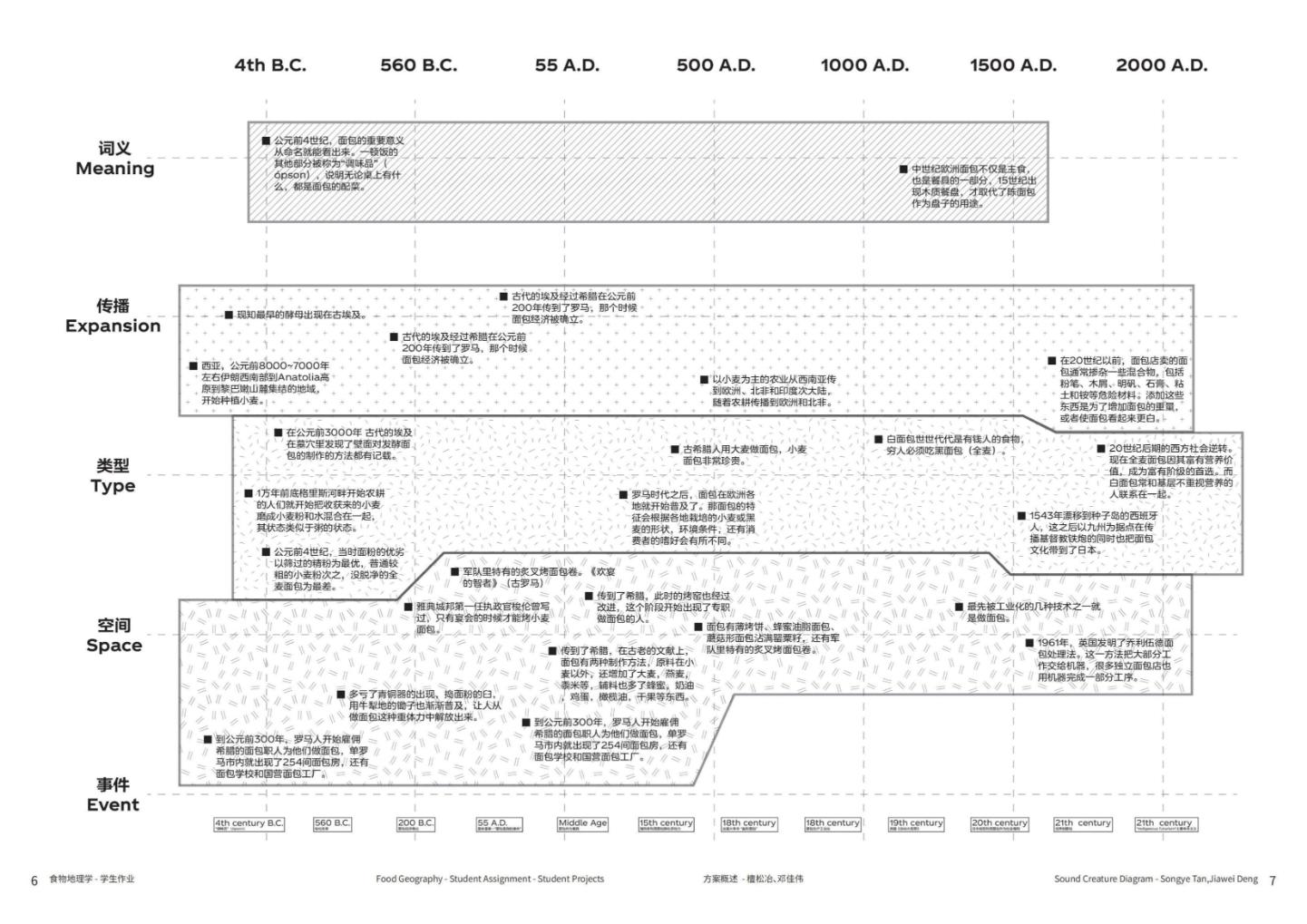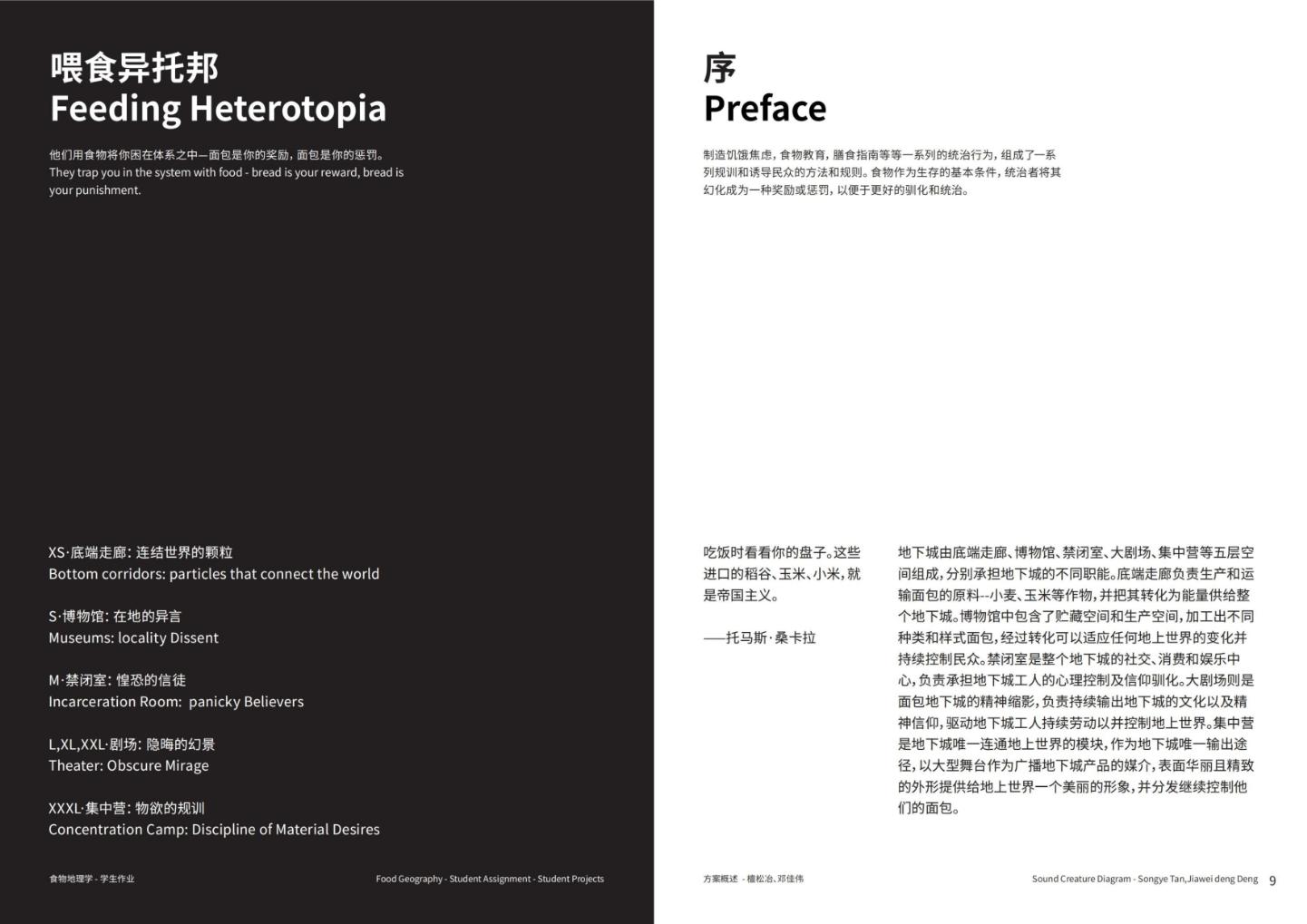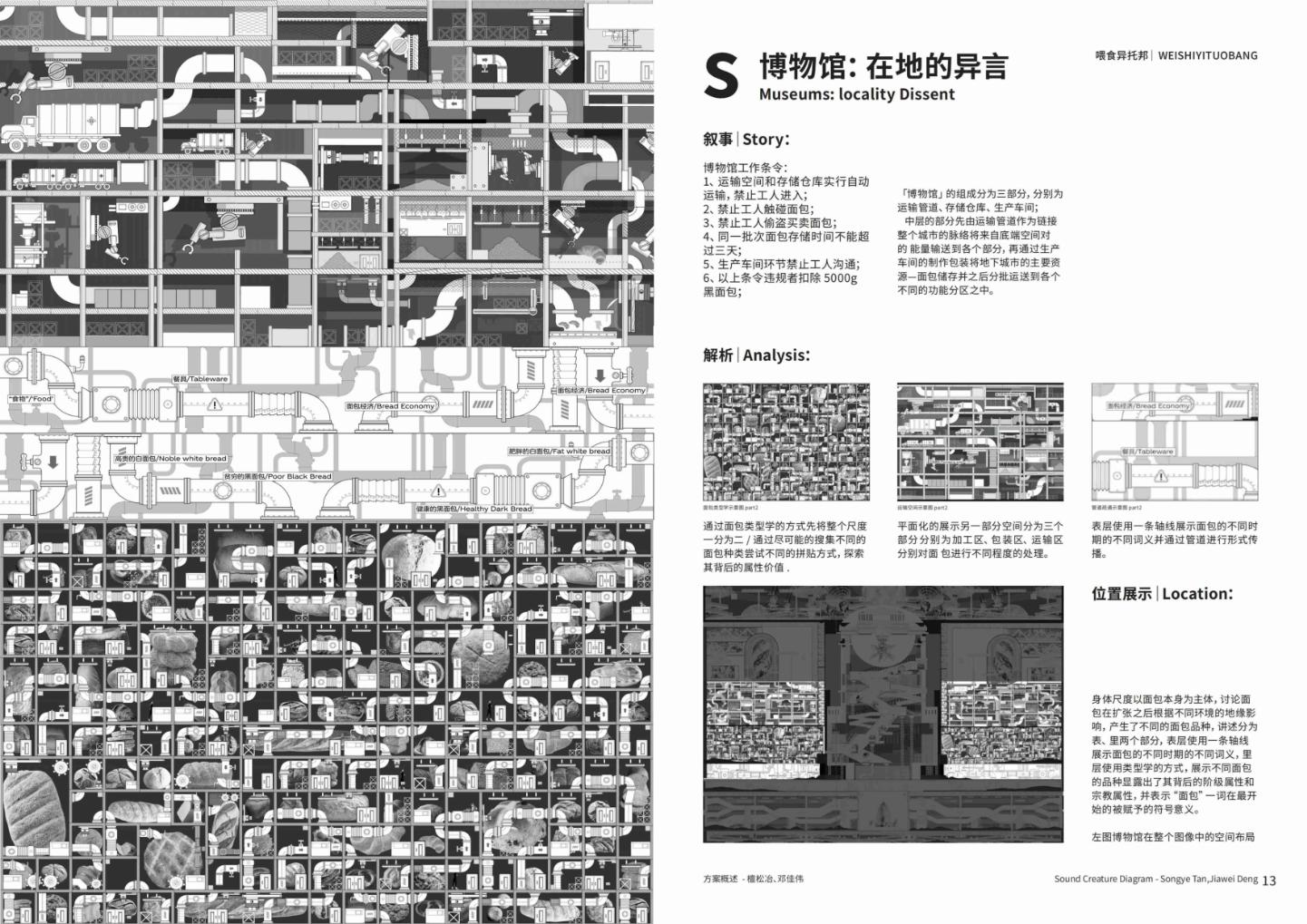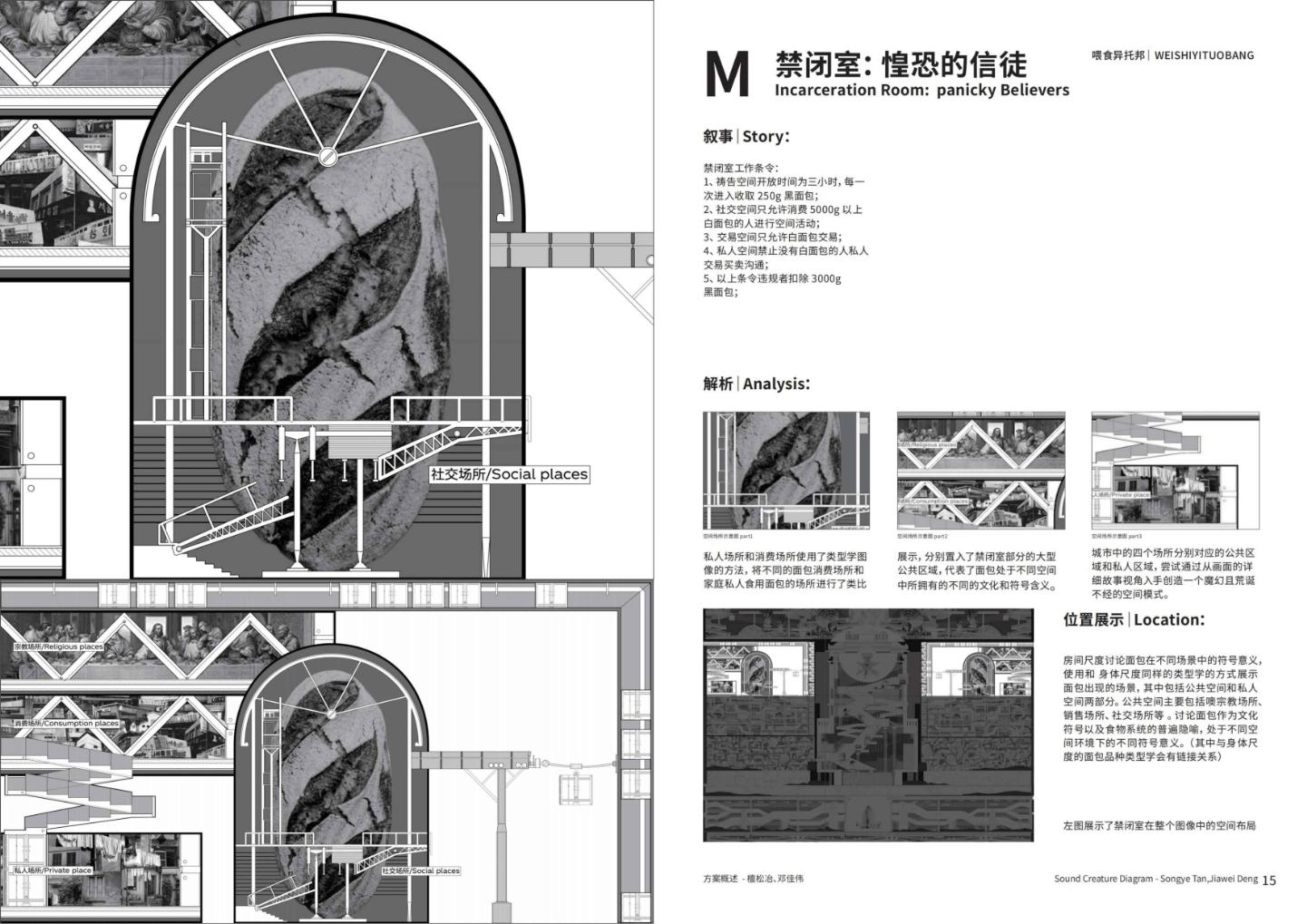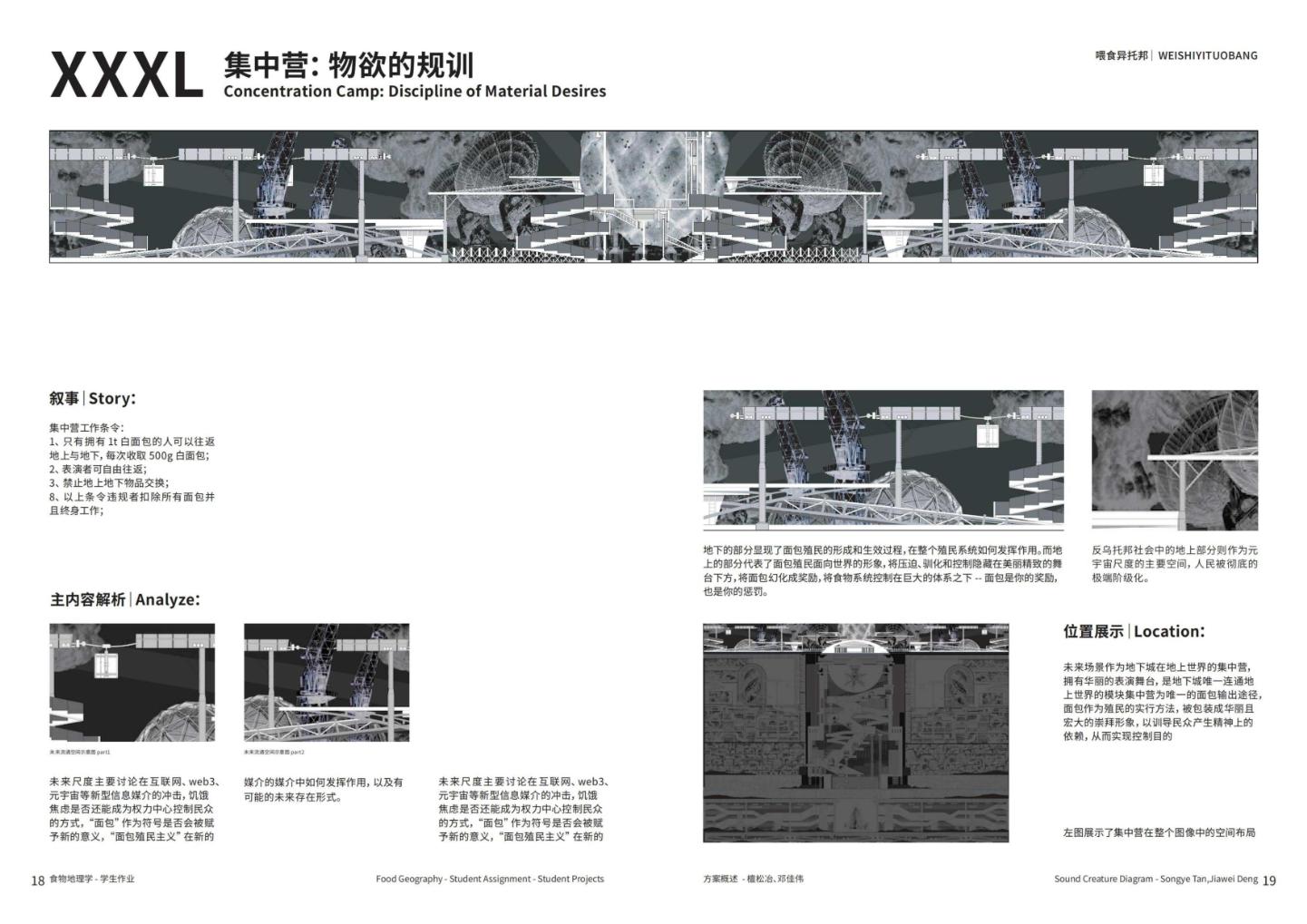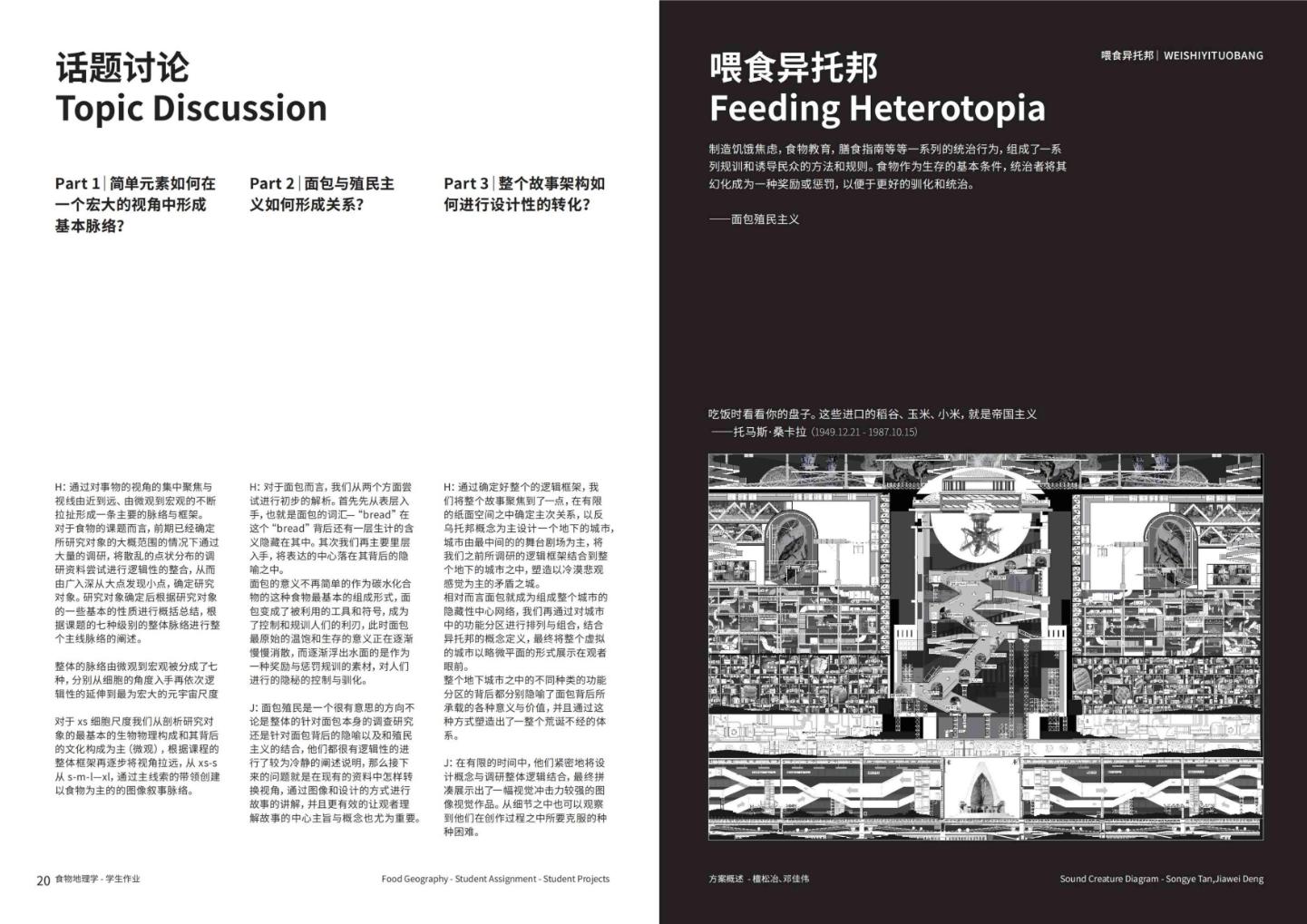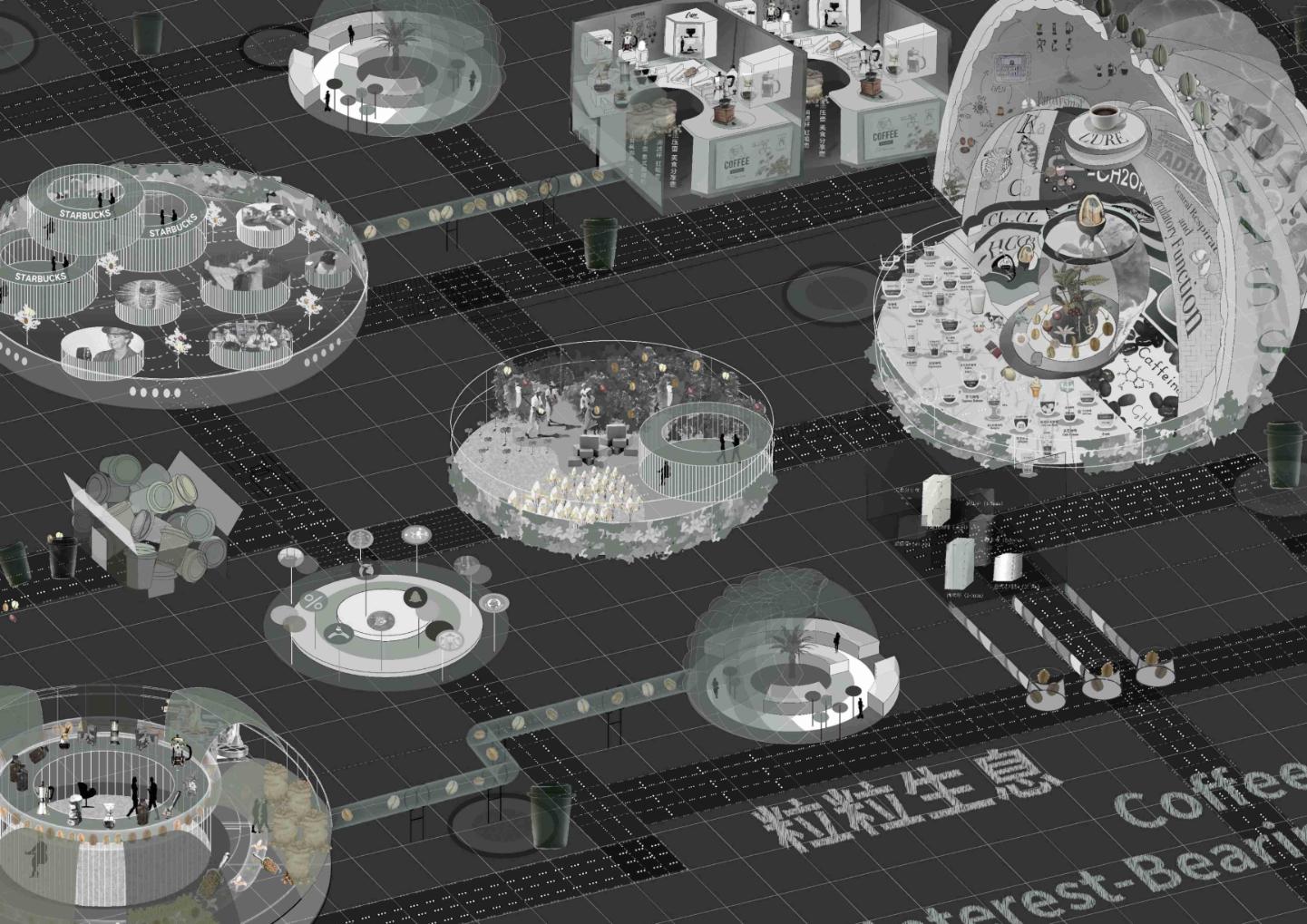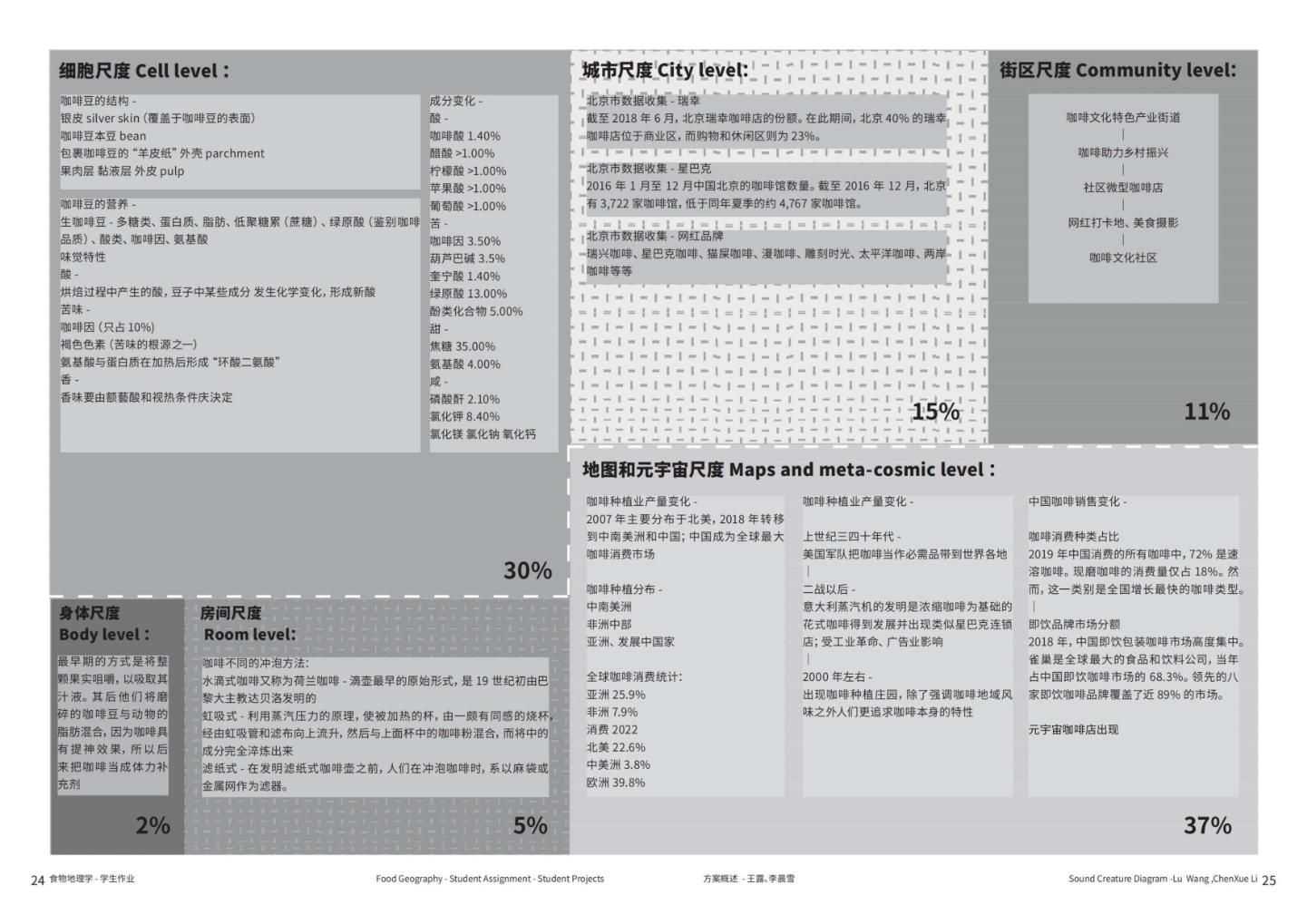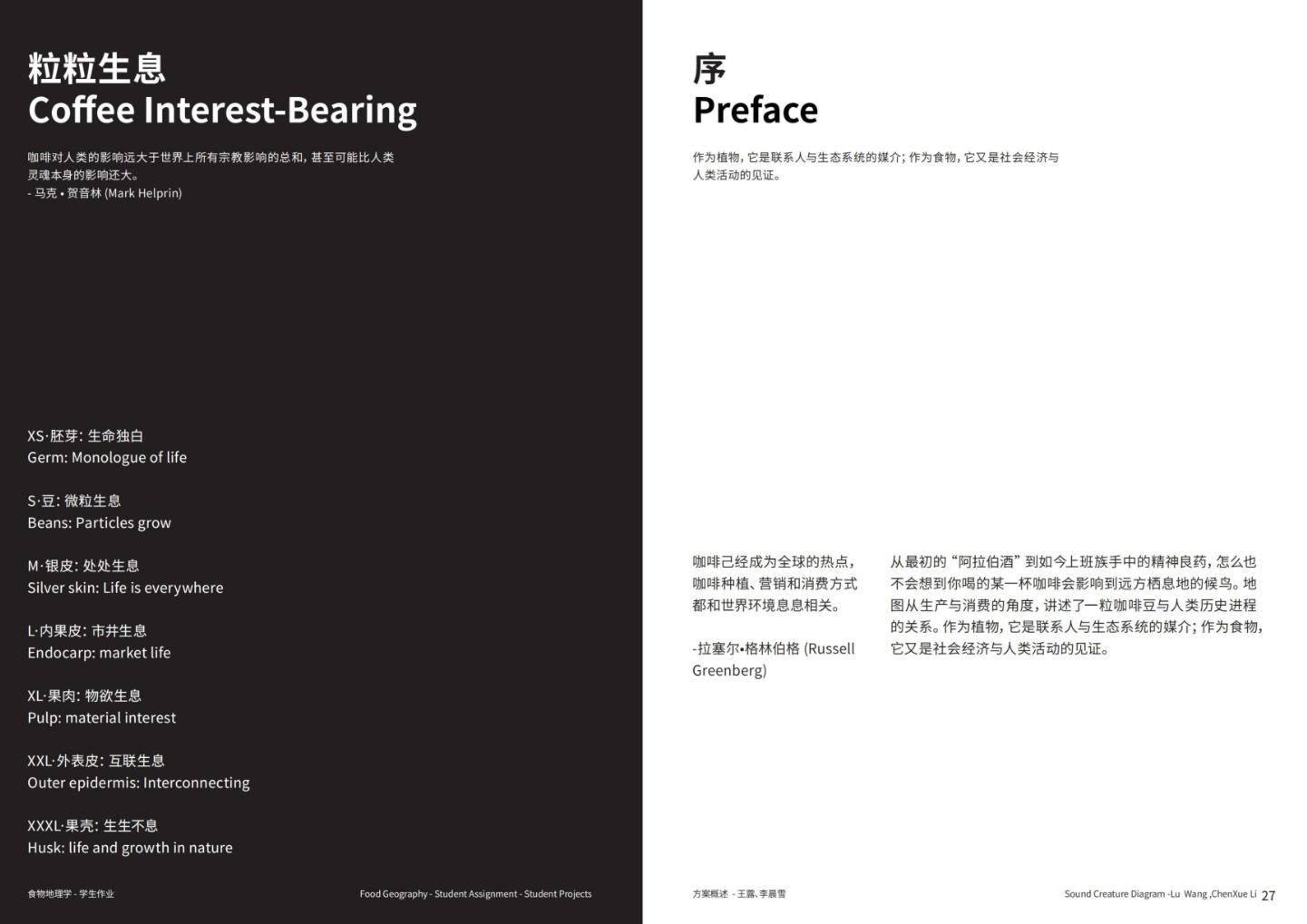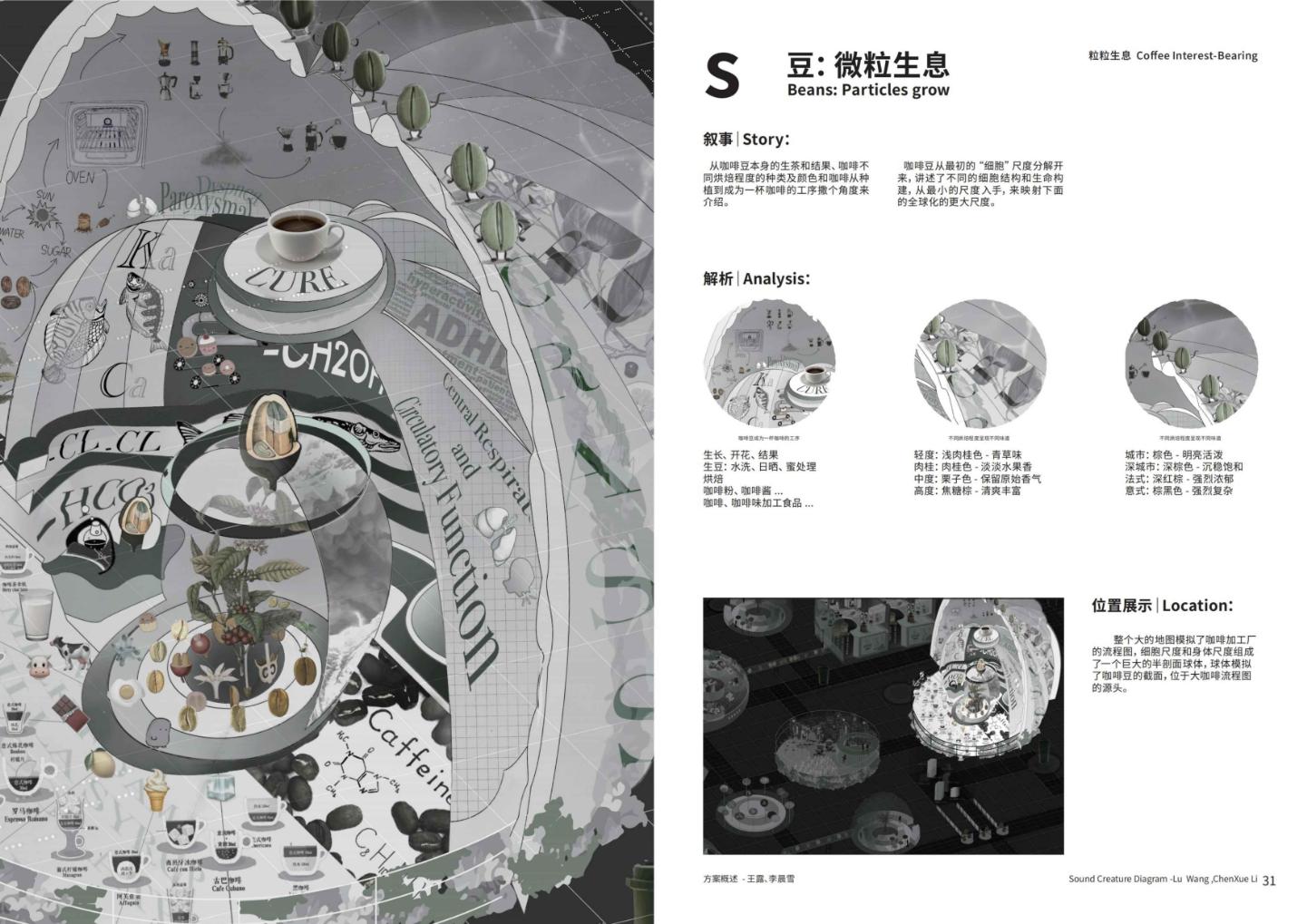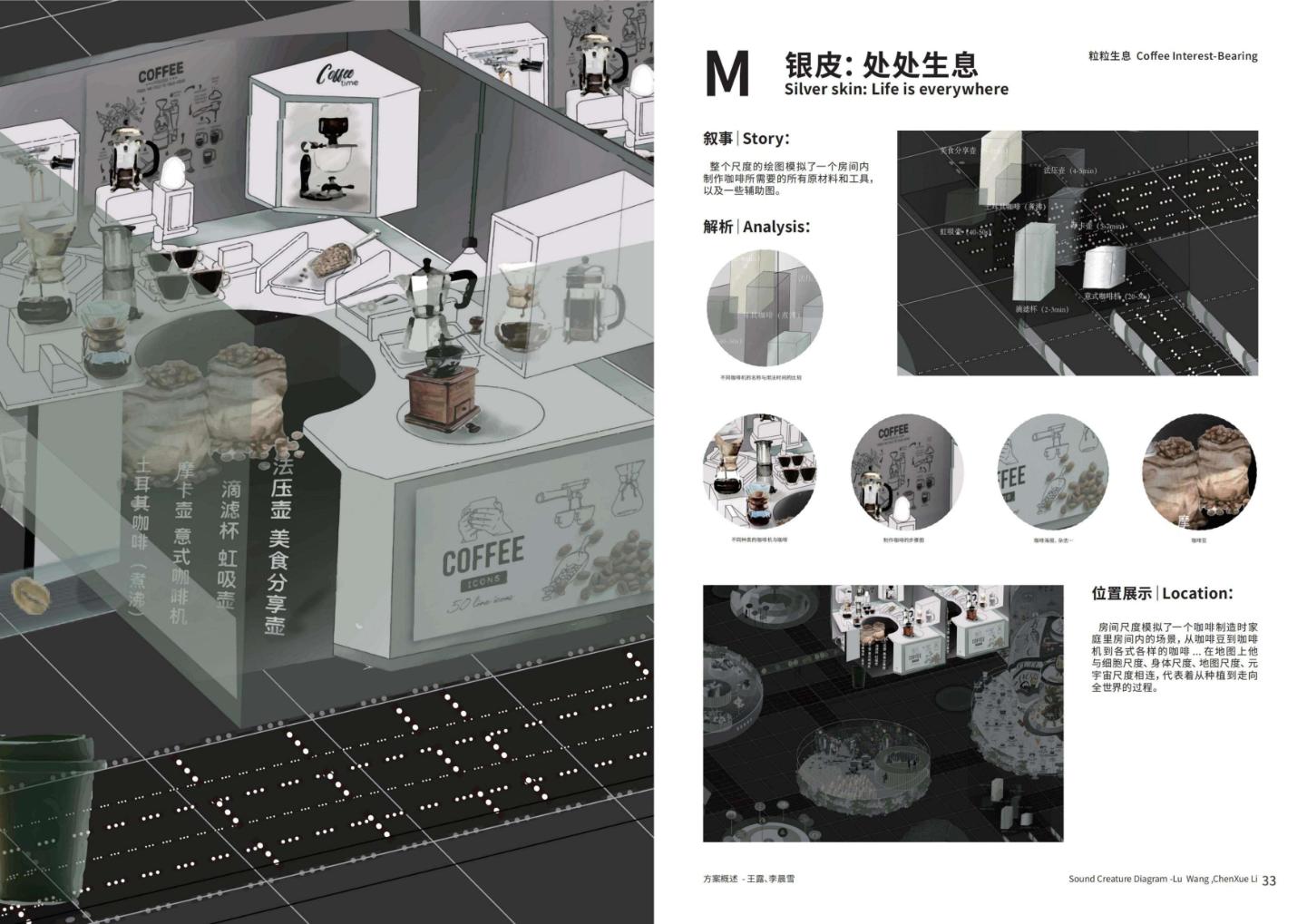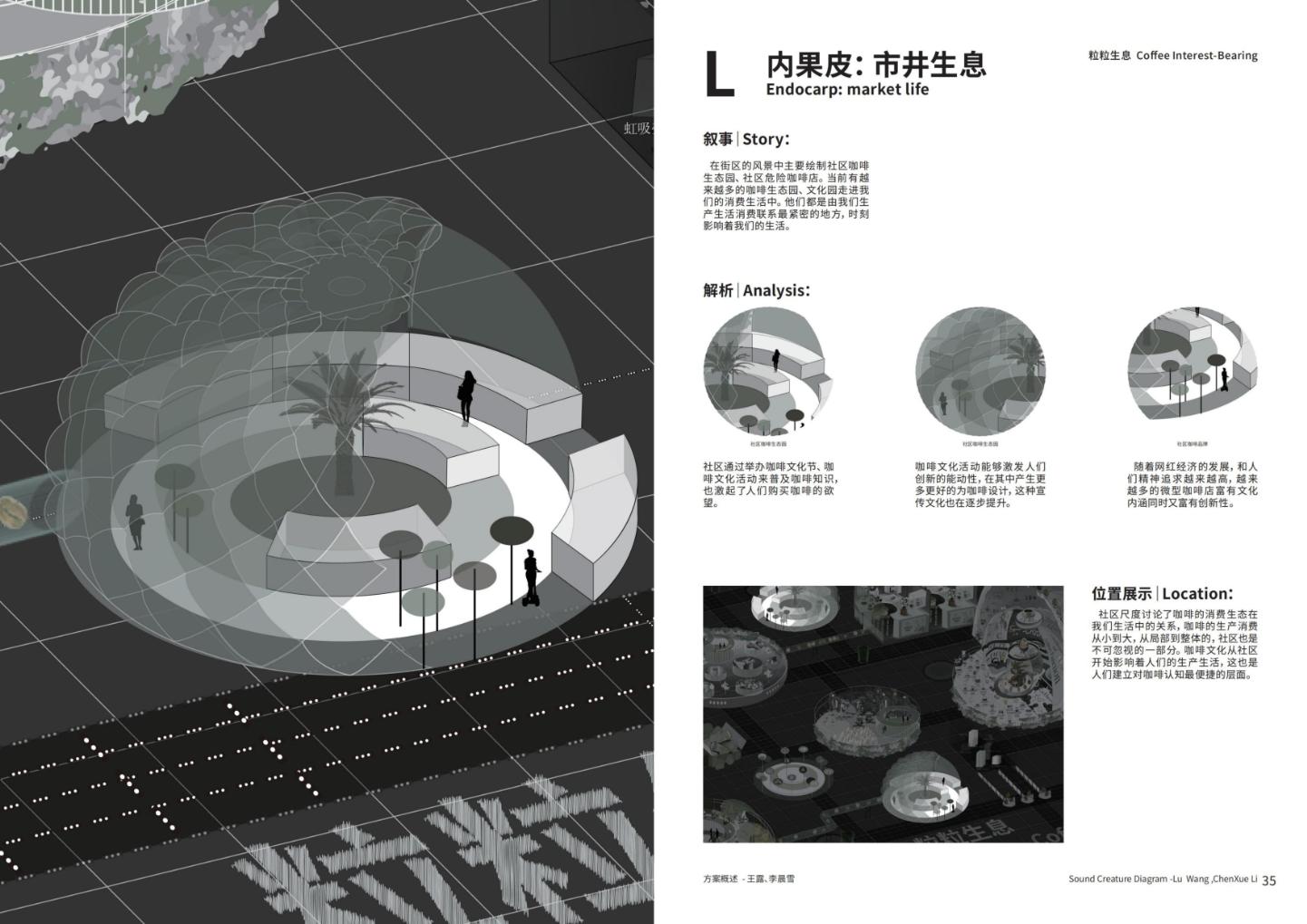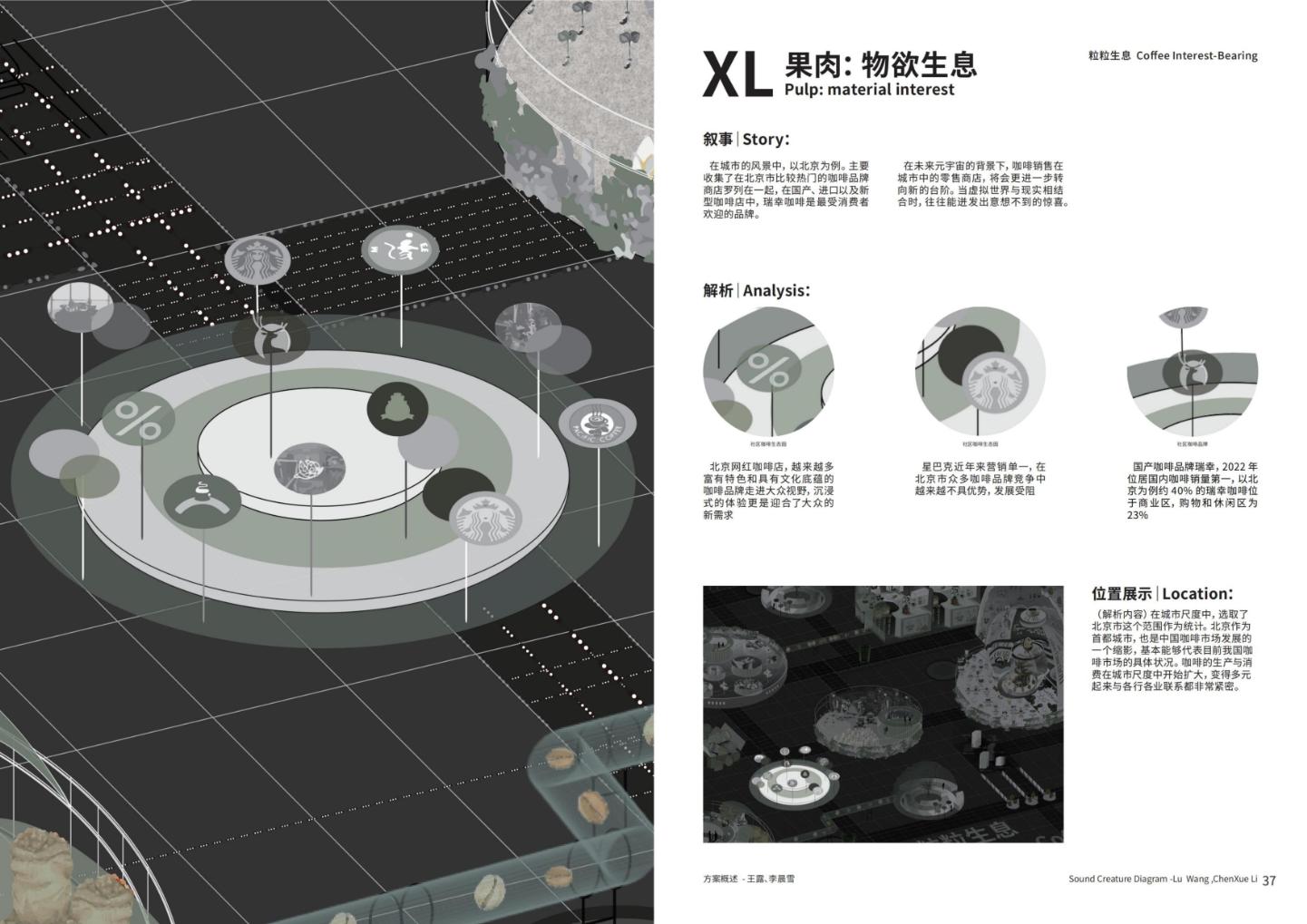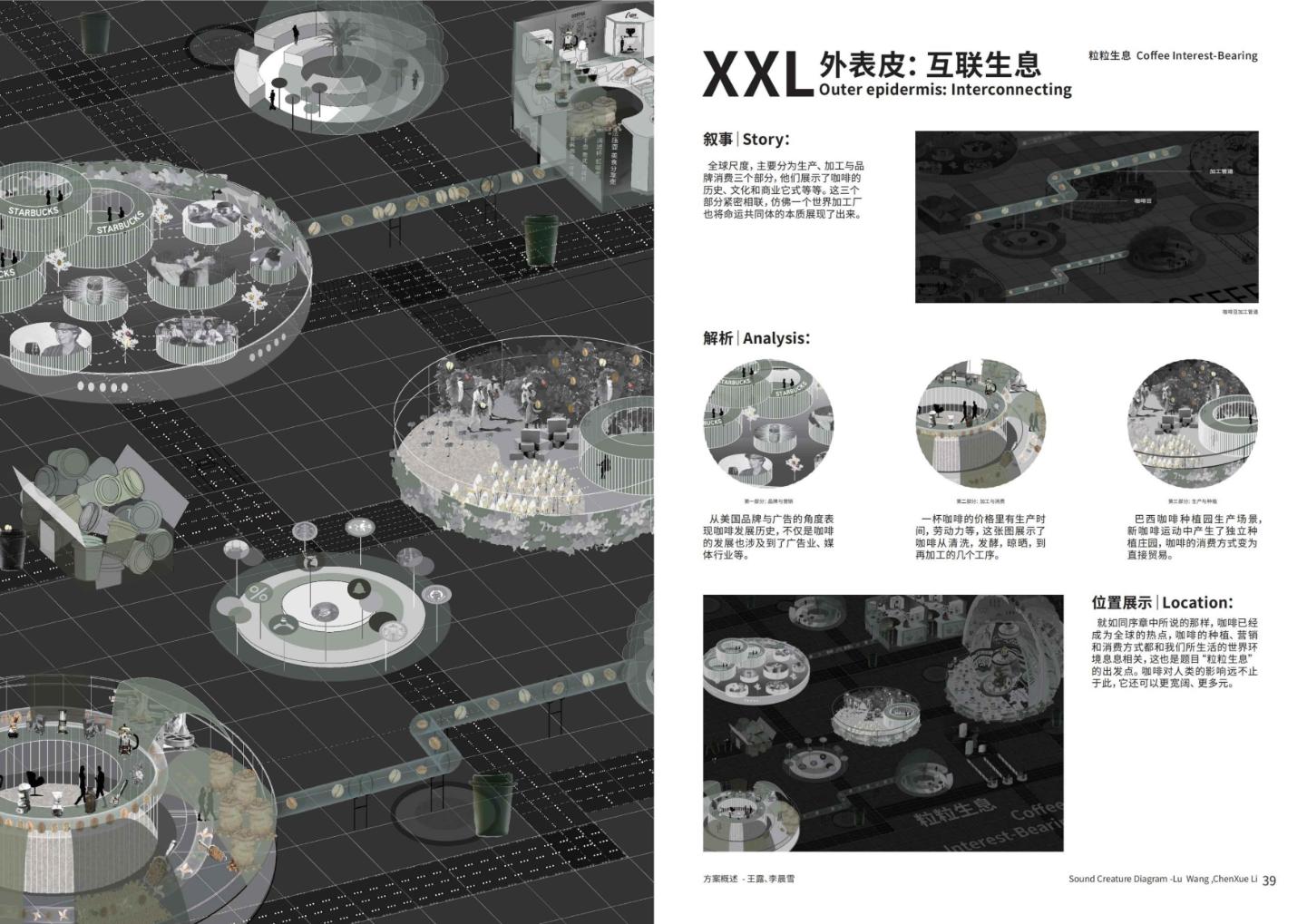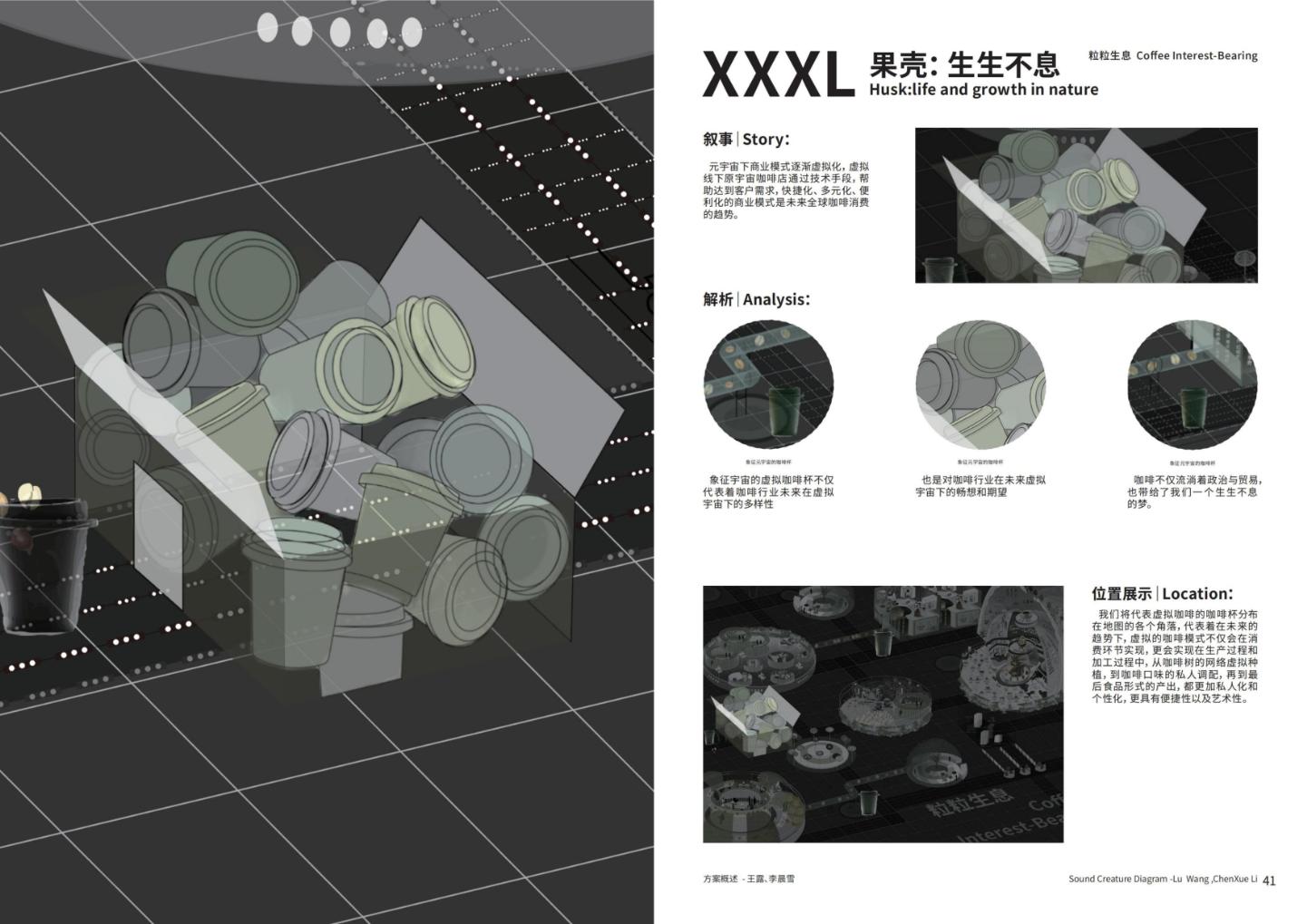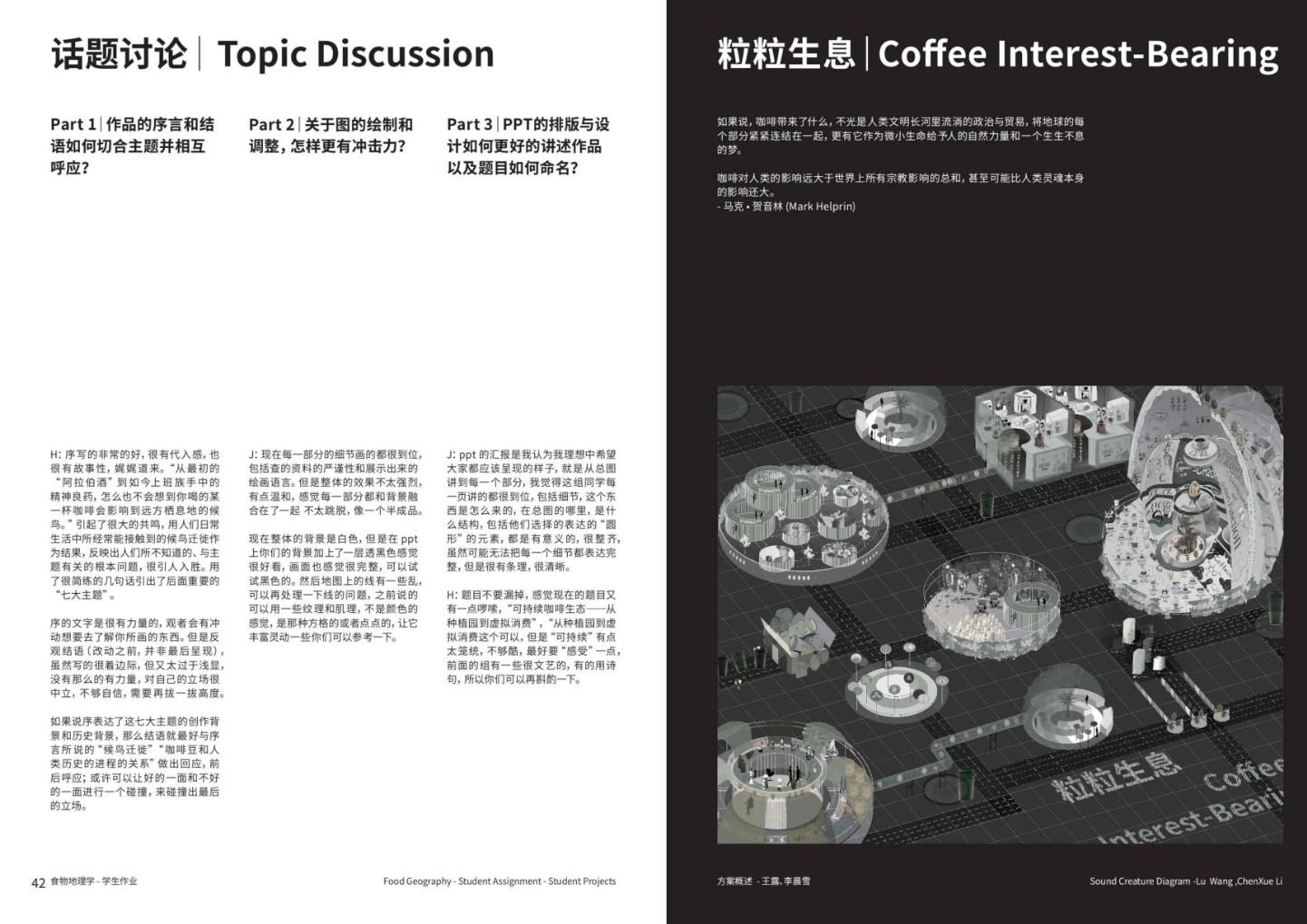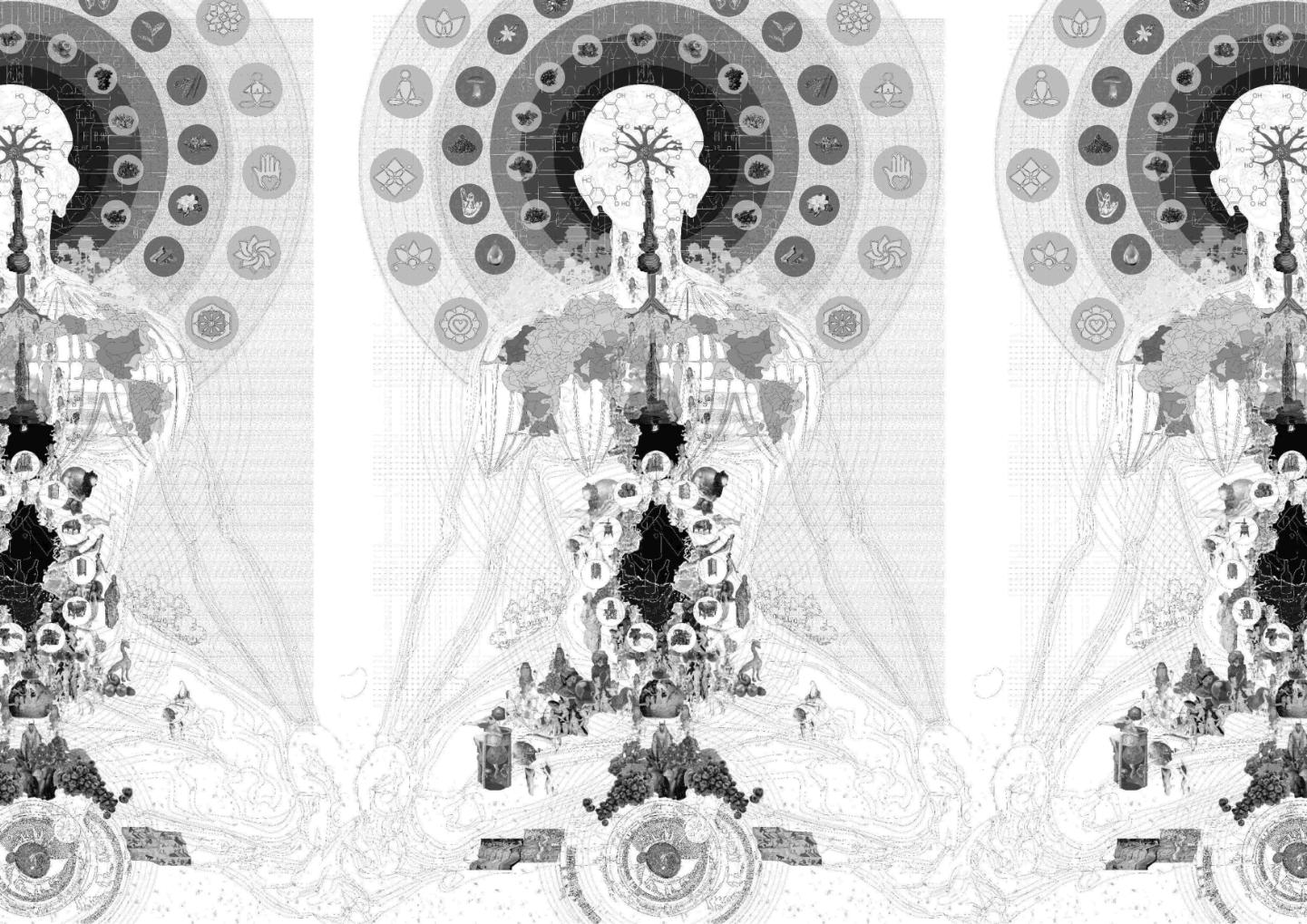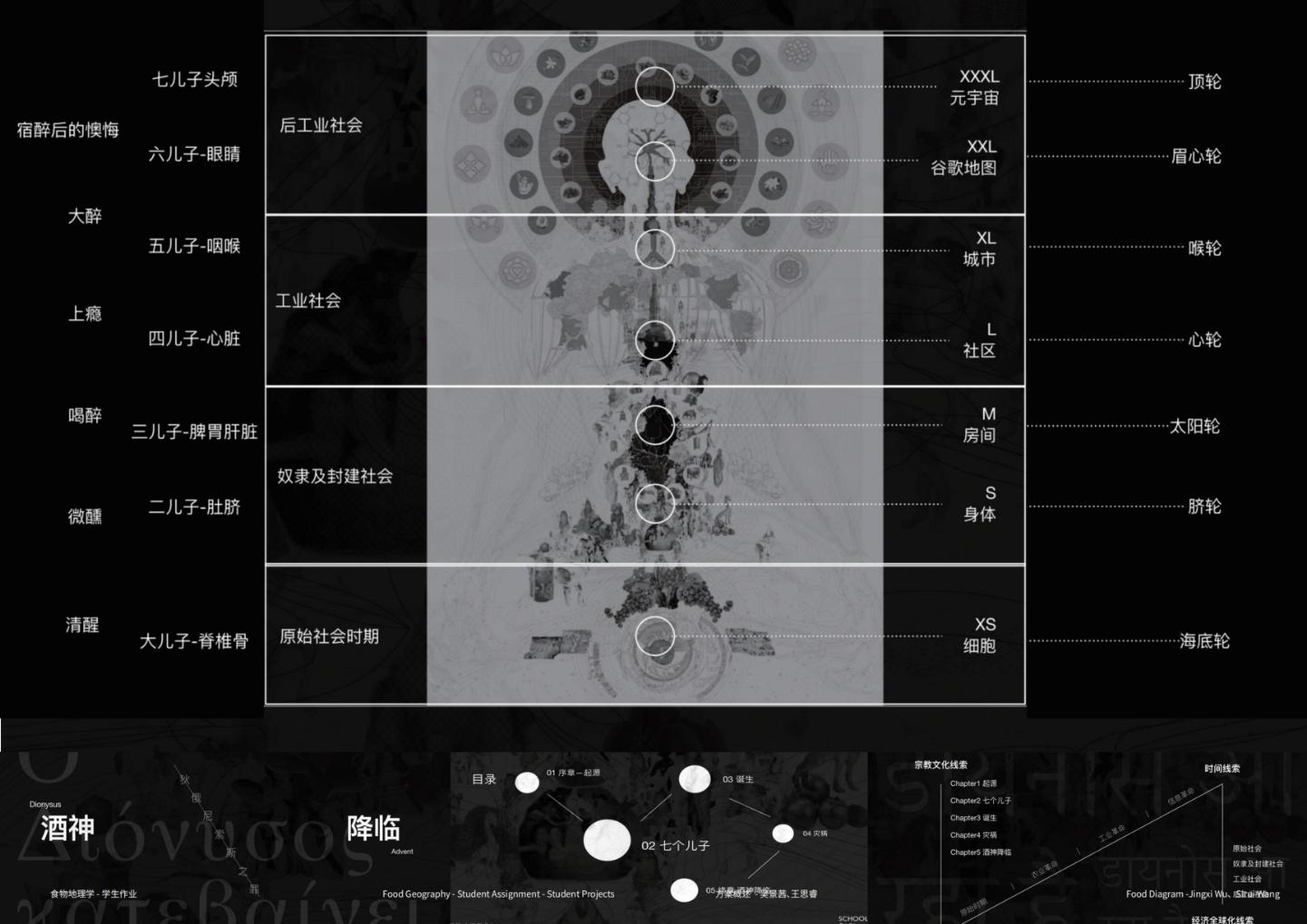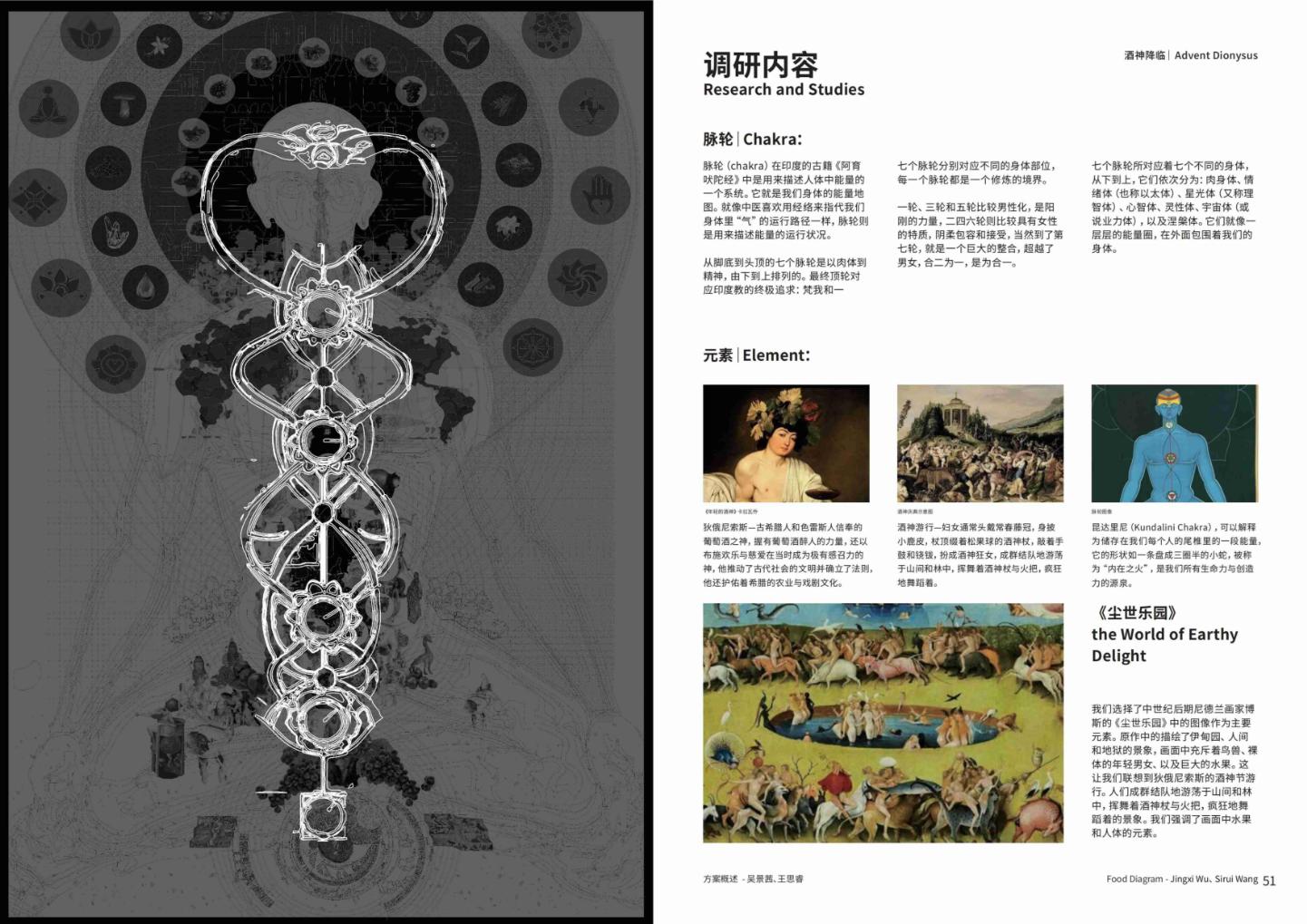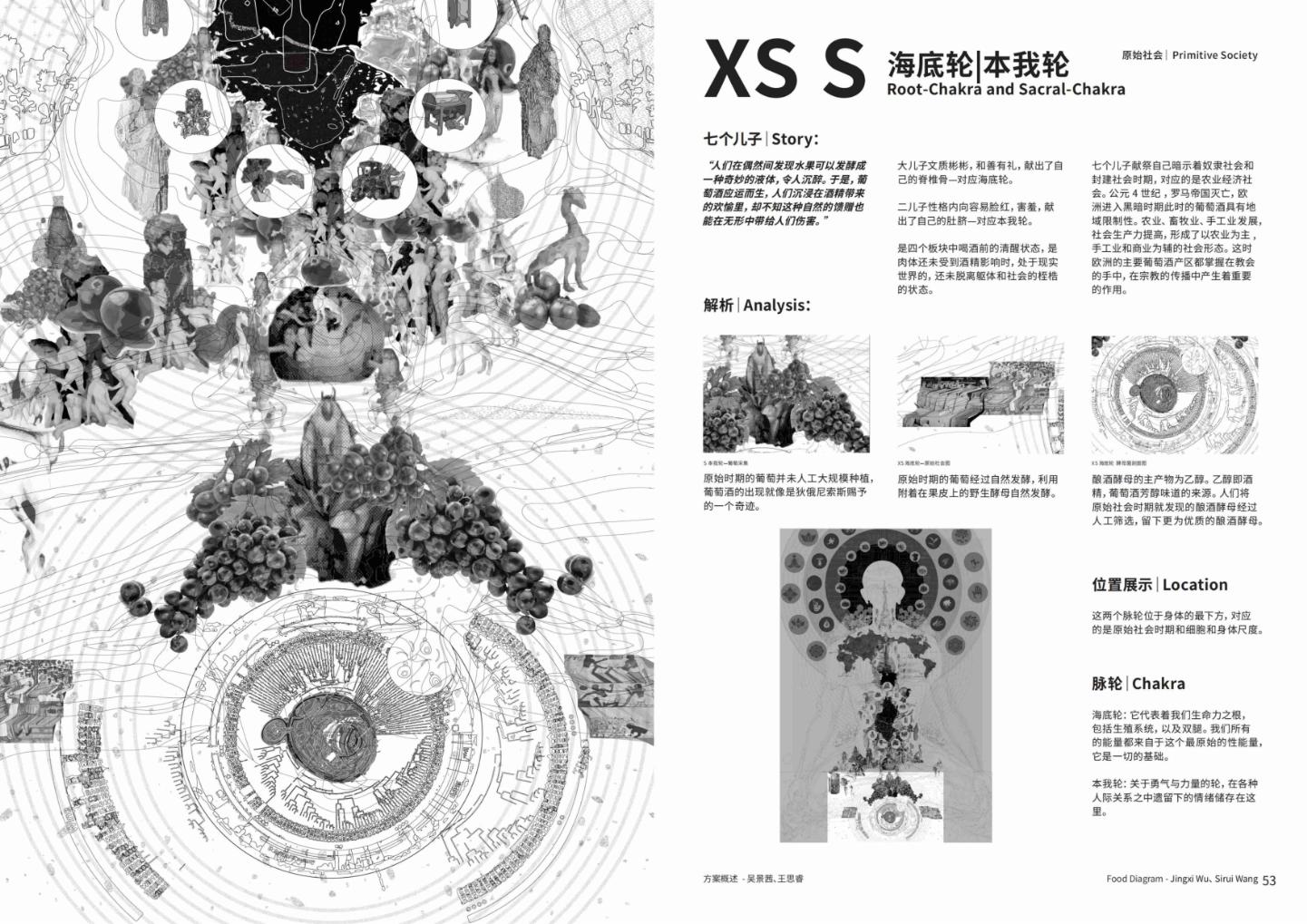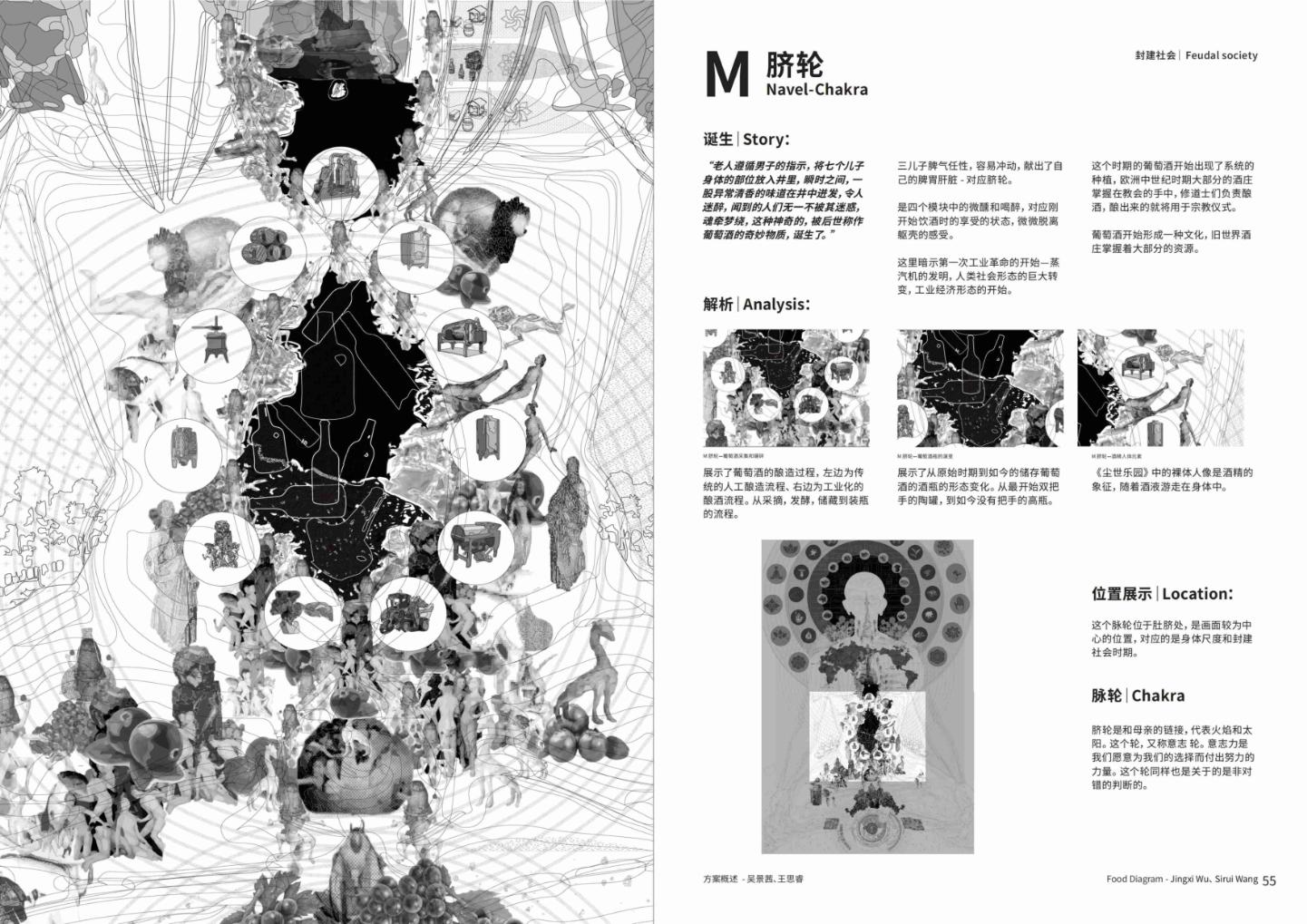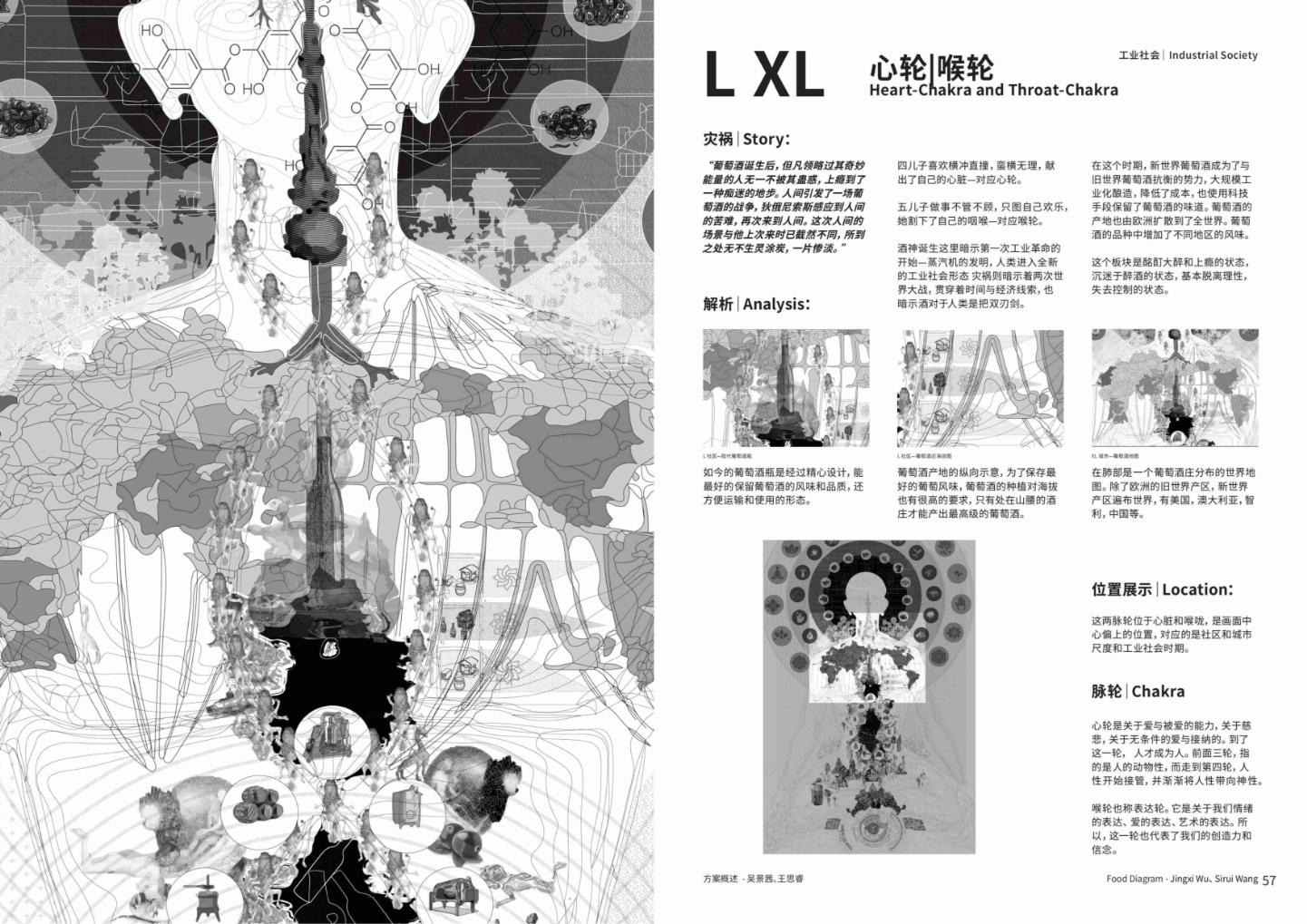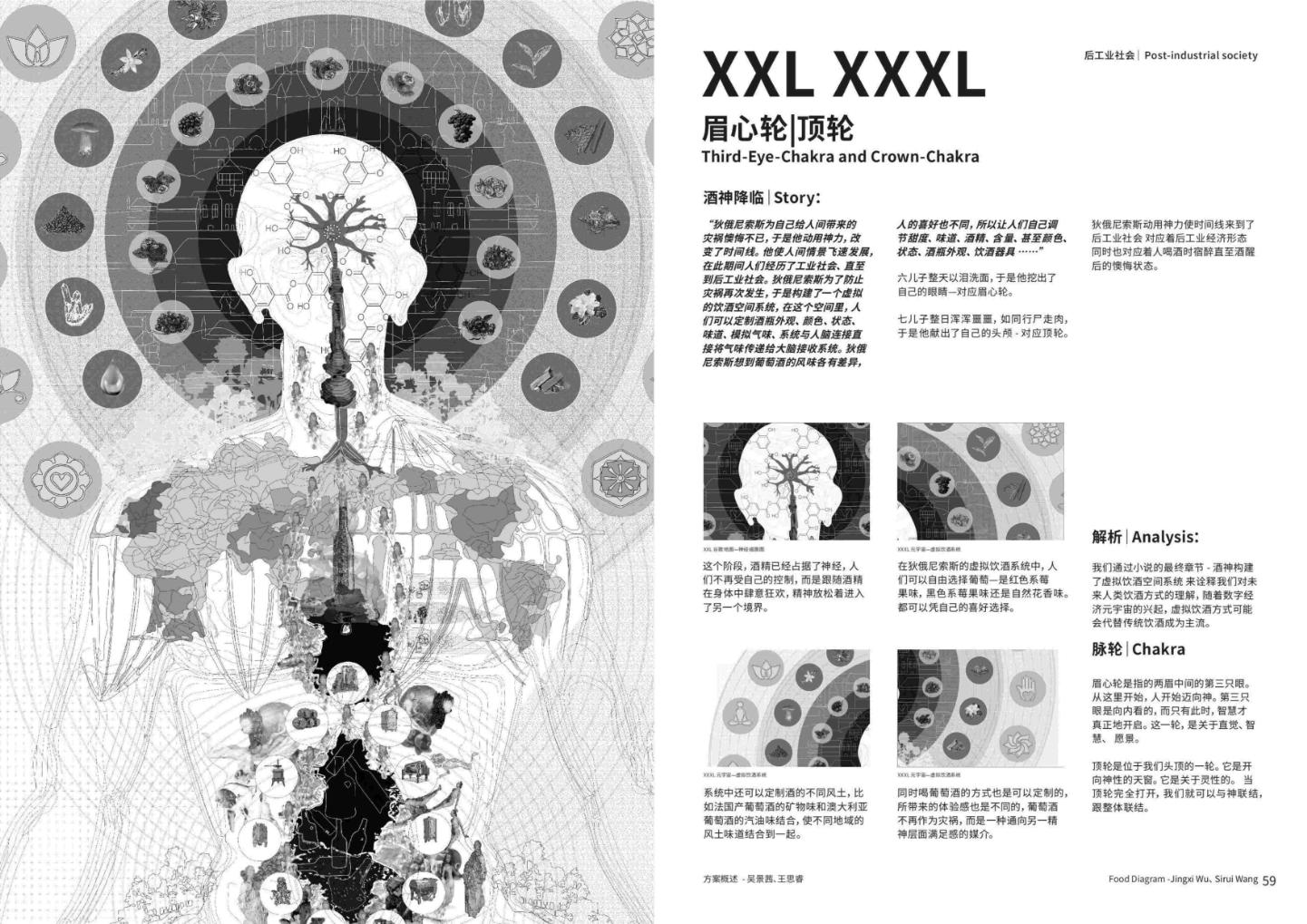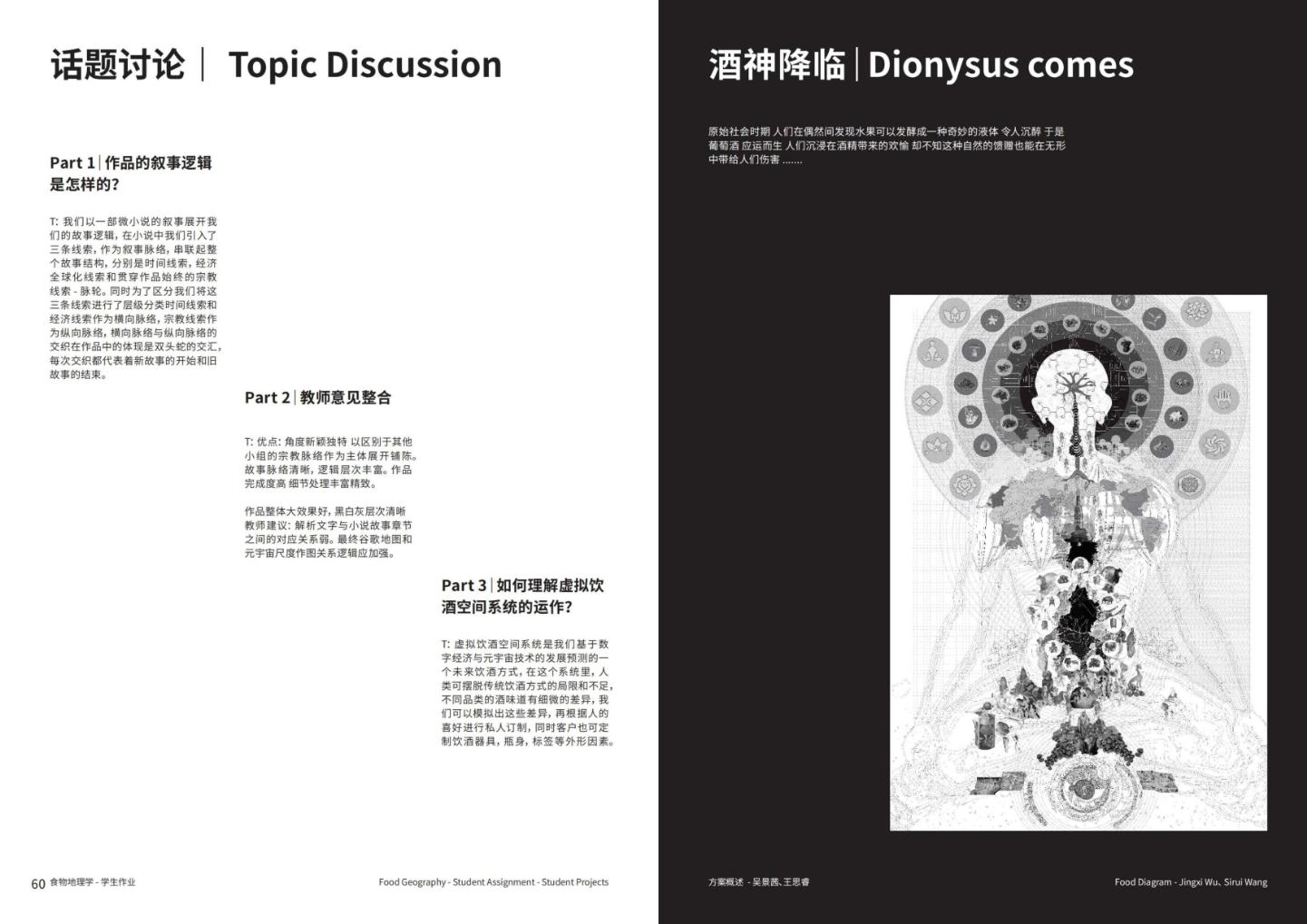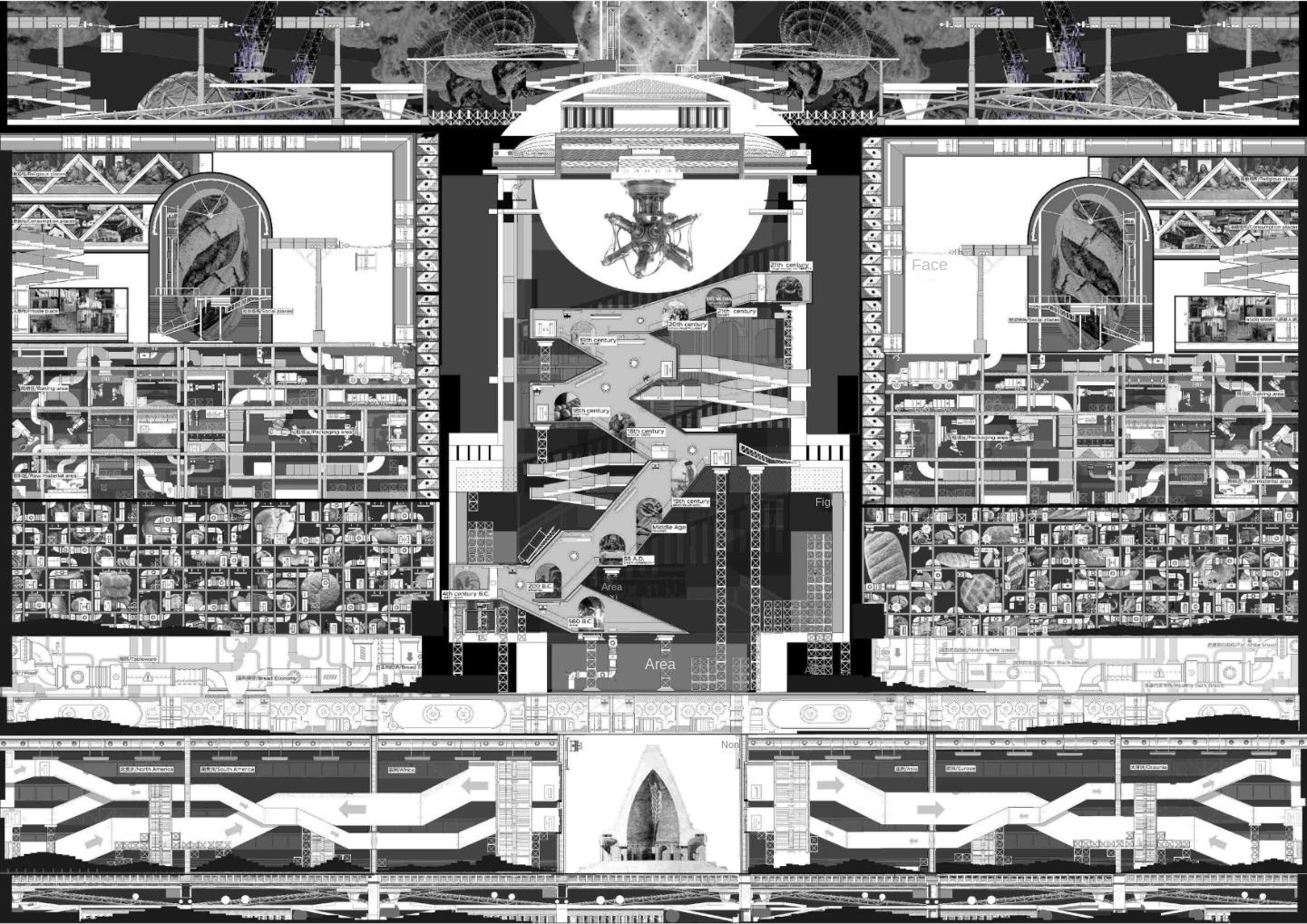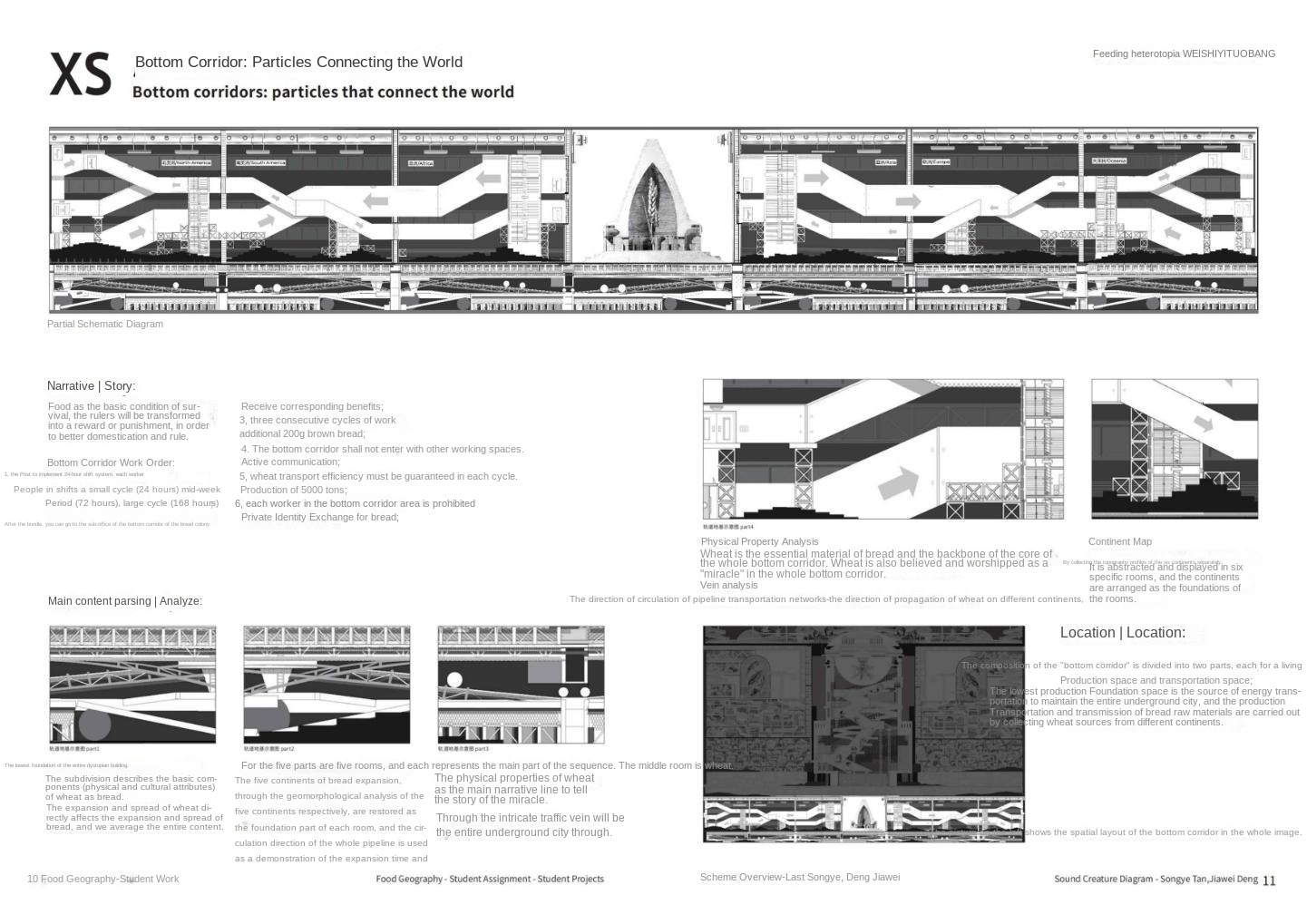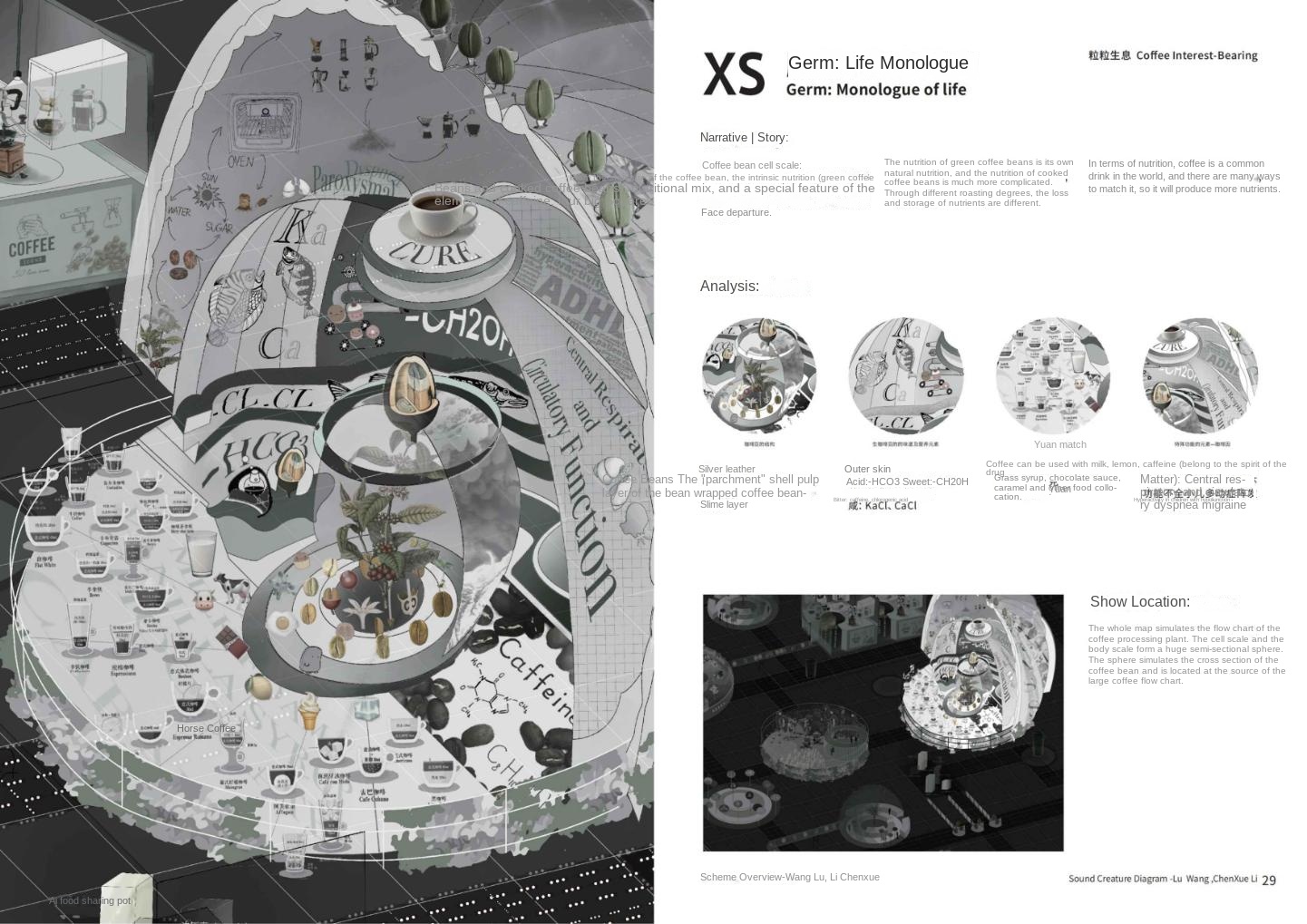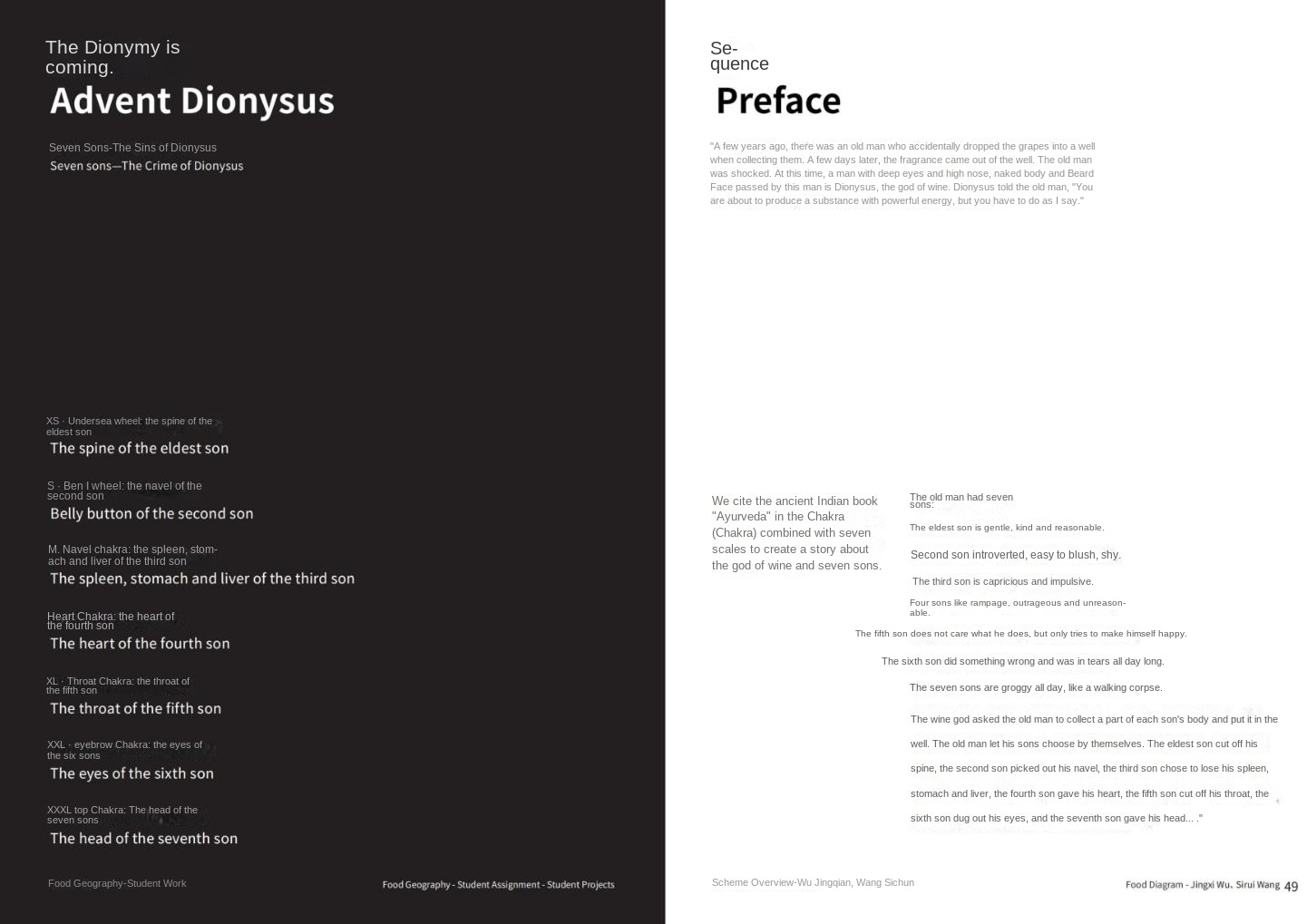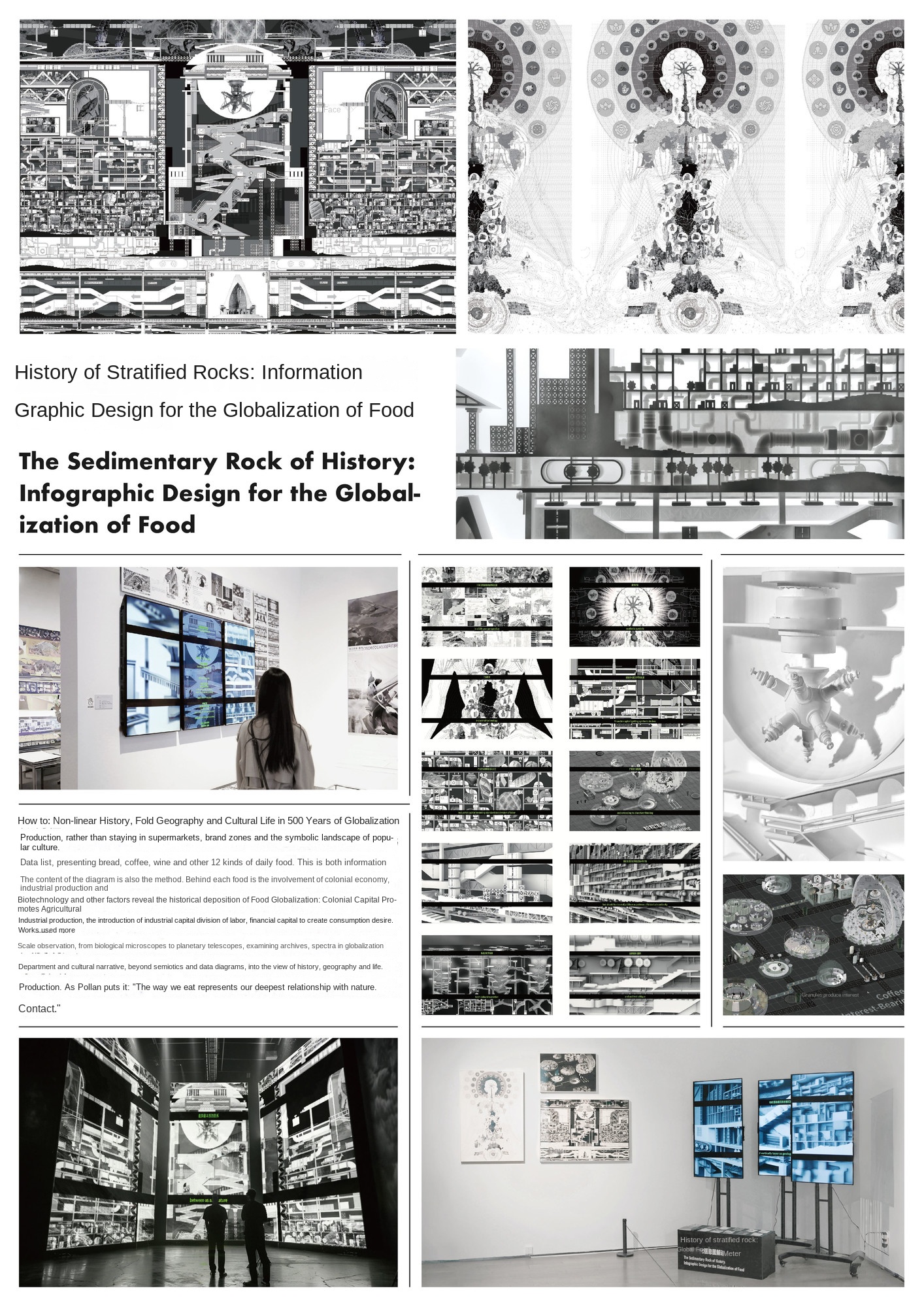
Brief Introduction of Works Exhibition Board
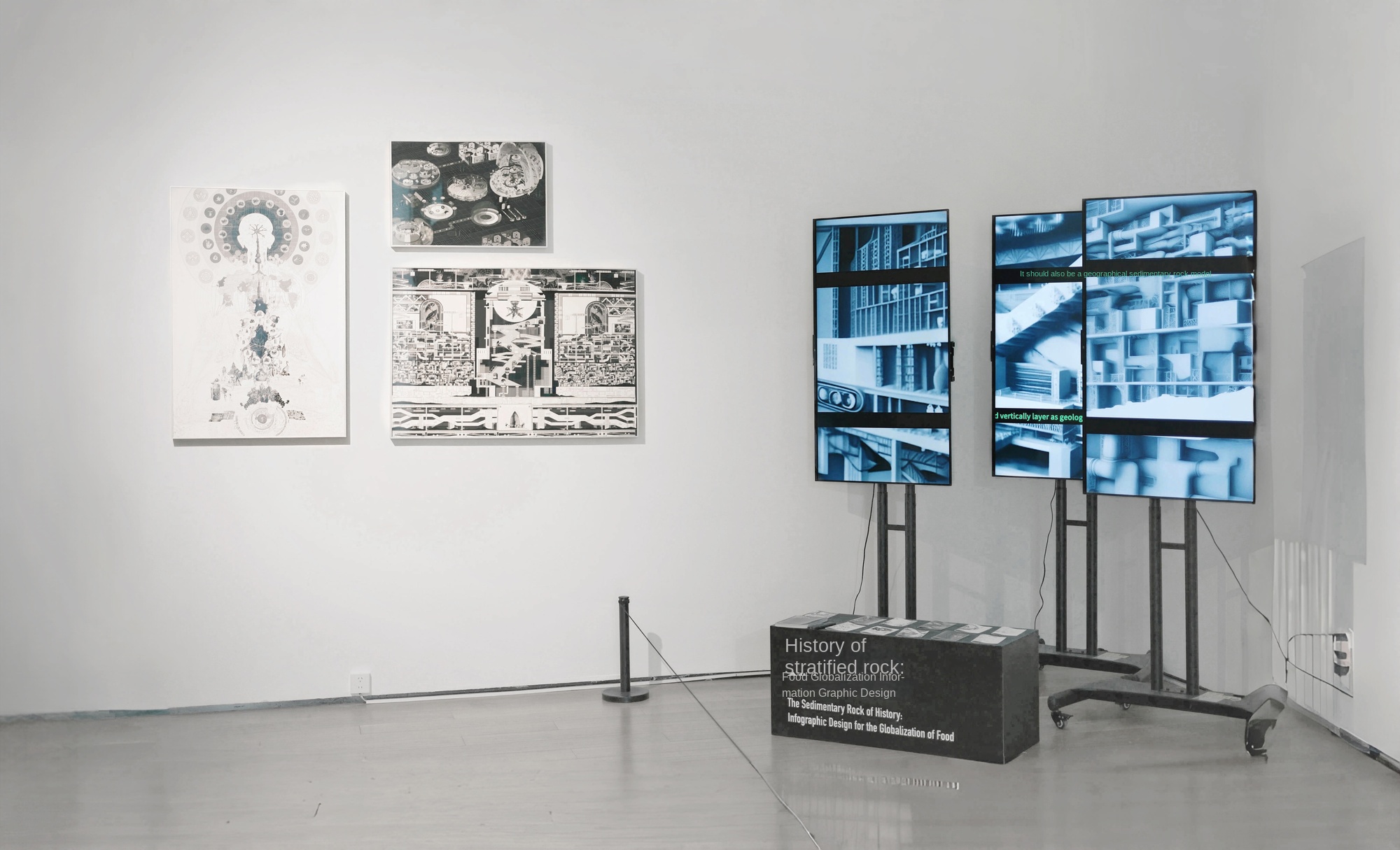
Site Exhibition of Works Figure 1
Art Design Exhibition Area of the 14th National Art Exhibition · Art Museum of Sichuan Academy of Fine Arts
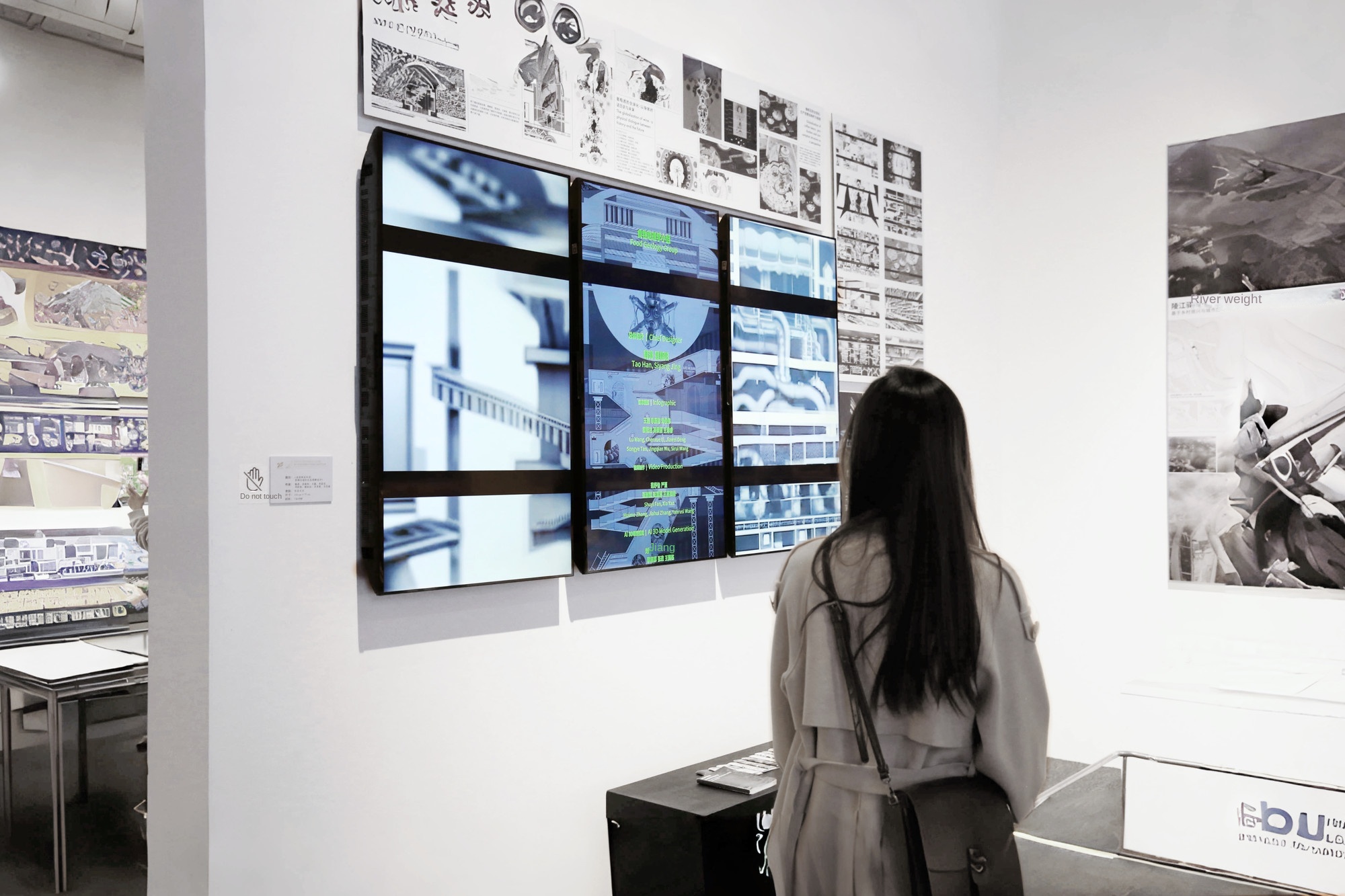
Site Exhibition of Works Figure 2
The 14th National Art Exhibition (Works in Beijing) Art Design Exhibition Area · National Museum of China
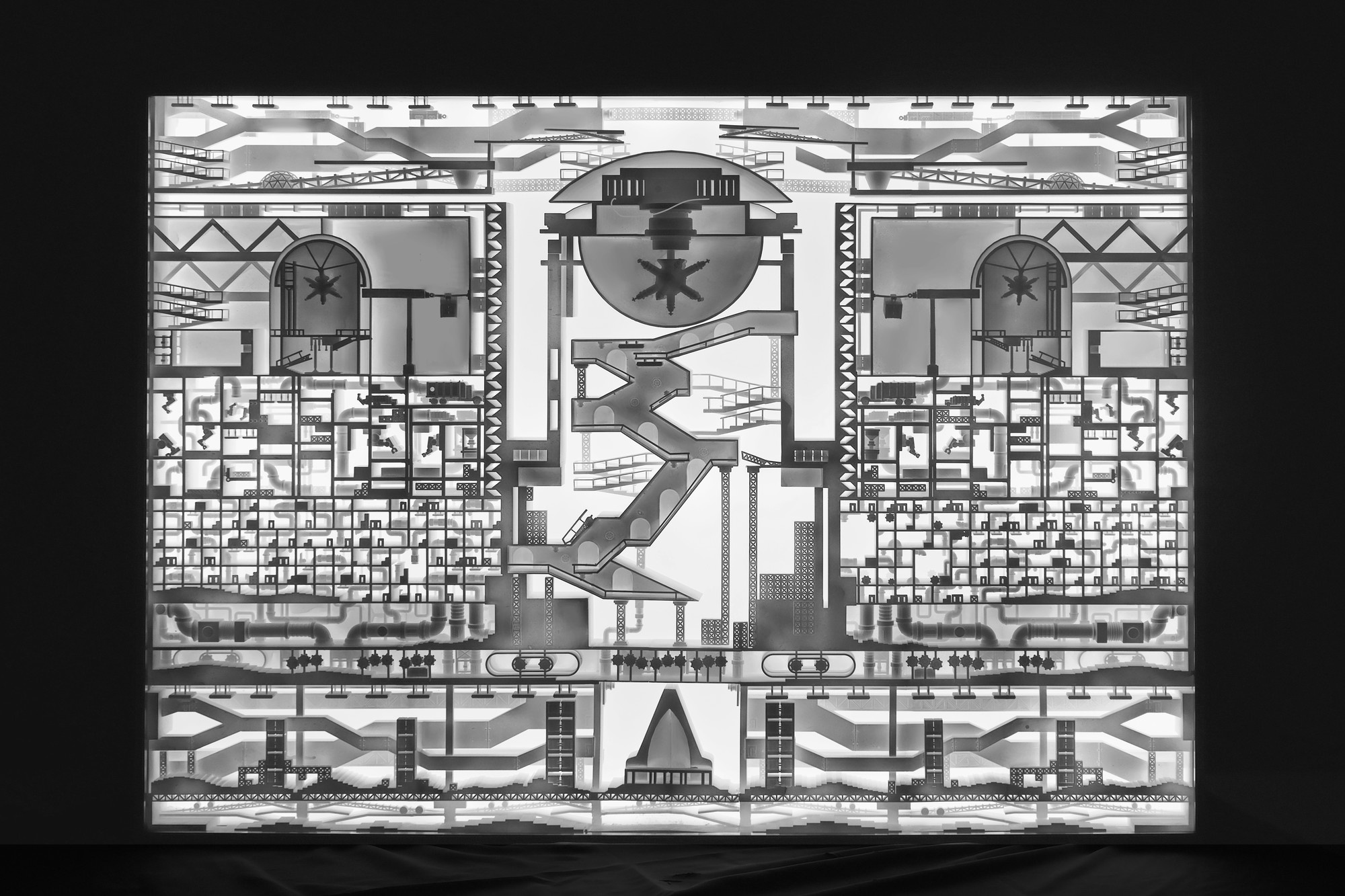
Work entity model
106.2cm x 150.6cm x 7.2cm
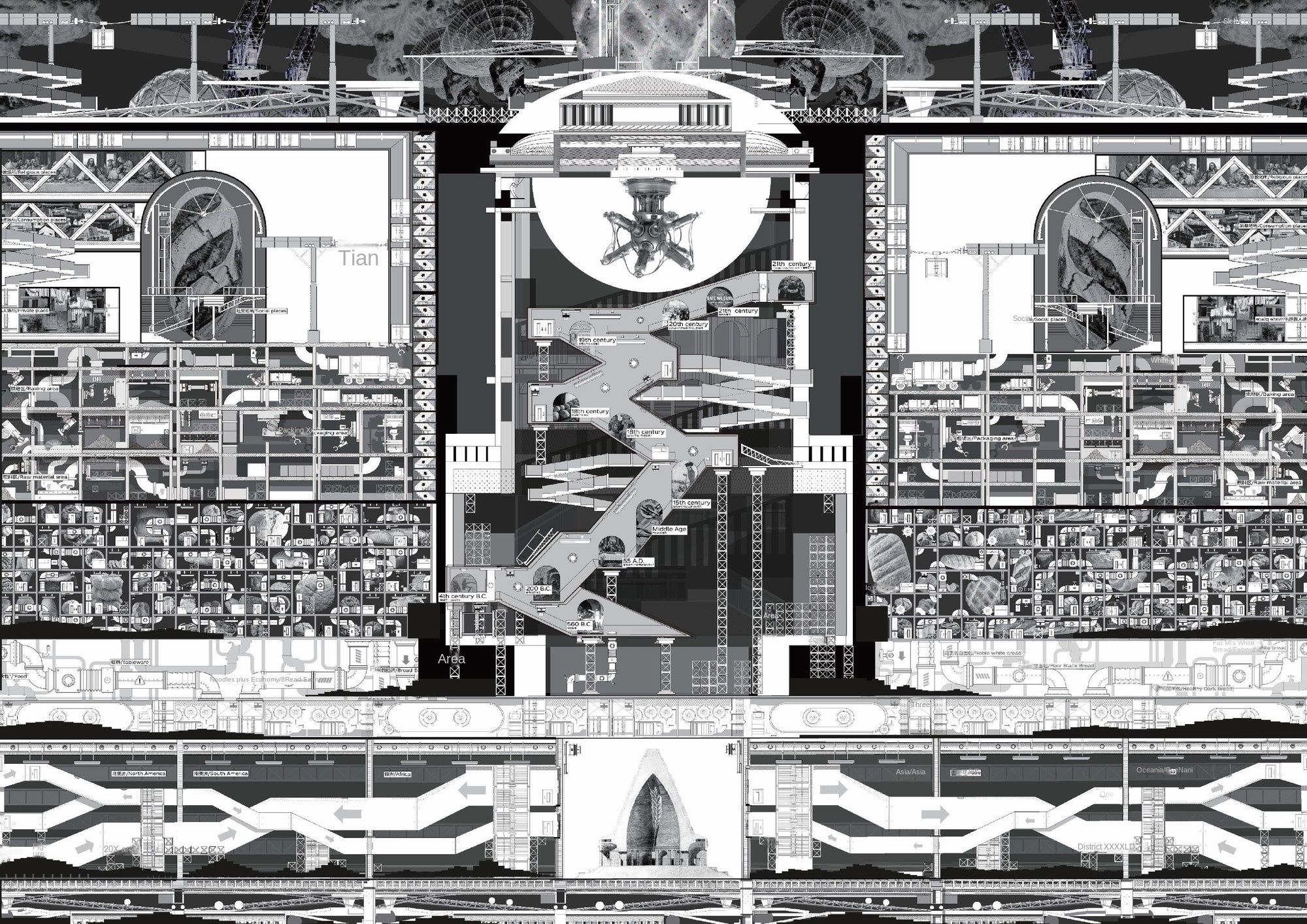
Series 1-Production: The Globalization of Bread
Complete video commentary of the work
Historical Hierarchy Rock-Book Details ppt
How to present 12 kinds of contemporary daily food such as bread, coffee, wine, eggs, salt, fish, sugar, milk, pepper, butter and tea in the non-linear history, folding geography and cultural production in the process of globalization in 500 years, instead of the symbolic landscape, data statistics and logistics list crowded in supermarkets, brand zones and popular culture, is not only the content of information illustration, it is also a method of information illustration. In terms of content, we find that all ordinary foods are unstable compounds, which integrate various elements such as colonial economy, industrial assembly line, cultural preference, war logistics transportation, regulatory requirements, biological genes, technological innovation, climate consideration, market system, financial payment device, brand desire, aesthetic symbol, digital governance and so on. In terms of methods, we found that we must start from biological microscope observation and expand to planetary telescope observation, integrating seven scales: cell (XS), body (S), room (M), community (L), city (XL), earth (XXL), meta-universe (XXXL), only in this way can we complete the archival investigation, genealogy combing, typology analysis, cultural narration and critical reflection of the process of food globalization. Information visualization should not be limited to semiotics, statistics, flow charts and other design language areas, but should also be extended to the concept of history, geography, production and other global network areas. The globalization of food is the historical sedimentary rock of four types of capital: colonial capital pioneered industrialized agricultural production for the first time, industrial capital invented the standardized division of labor for the first time, financial capital proliferated the symbolic desire to consume, and digital capital dominated the data life of all food in the world for the first time. It spreads horizontally in the long river pattern of history, and at the same time forms vertical power control in the sedimentary rock pattern of geography. It is both soft and hard, both crisp and sweet and cold. Our illustration is a decompression of this process and a critique of it. As Michael Pollan said, "The way we eat represents our deepest, deepest connection to nature".
Design innovation points:
1. Comprehensive framework: This design uses the triple framework of history, geography and production and consumption to analyze the globalization of food in an all-round way, revealing the complexity and diversity behind it.
2. Multi-scale analysis method: Combining the seven scales of cell, body, room, community, city, earth and meta-universe, the phenomenon of food globalization is comprehensively analyzed, and the non-linear historical process and geographical structure of food globalization are presented in the form of synchronous historical stratified rock structure.
3. Interdisciplinary graphic design: It not only covers semiotics and statistics, but also provides a deep analysis of the coexistence of softness and hardness in combination with cultural narrative and archival criticism. Using five information narrative methods of archives, case, scheme, pedigree and script, it provides multi-dimensional information expression to help the audience understand the historical background of food globalization and the key nodes and influencing factors in the process of production and consumption.
The work not only proposes an innovative and critical information visualization method, but also integrates the "changeable", "multi-layered" and "multi-latitude" view of the natural universe in Chinese culture. Although the research object of the work is "food", but from the food to explore the entire historical geography, colonial economy, industrial production, digital capital of the complex factors, but also from the "super-object" environment to understand the social context of a single substance. This critical design not only echoes the Chinese society's attention to food security, food supervision and green development, but also responds to the core concept of ecological civilization construction, especially the deep connection between man and nature. Using the "layered" narrative method, the multi-scale analysis from the cell to the meta-universe shows the global production and consumption logic of food as a "cultural compound", which is in line with the traditional Chinese philosophy and narrative tradition of "the unity of man and nature. In addition, the focus on food in the work also carries the cultural connotation of "food is the most important thing for the people" in China. Through design expression, it promotes the public's in-depth thinking on food production, cultural diversity and ecological sustainability in the context of globalization, and promotes local culture Dialogue with global topics.
Jing siyang, the convener of crisis and ecological design in the school of design of the Central Academy of fine arts, has a master's degree from Harvard University and a master's degree from the University of Pennsylvania. He has published 1 book, edited 3 books and translated 1 book. His works have been selected into London Design Biennale, Milan Design Week, Shenzhen Hong Kong Biennale, etc;
Han Tao, deputy dean, professor, doctoral supervisor, member of the Academic Committee of the Central Academy of Fine Arts, member of the Chinese Humanities and Social Sciences Journal Evaluation Expert Committee, member of the Architectural Review Committee of the Chinese Architectural Society, visiting scholar of Columbia University in New York. Invited to participate in more than 20 important biennale at home and abroad.














